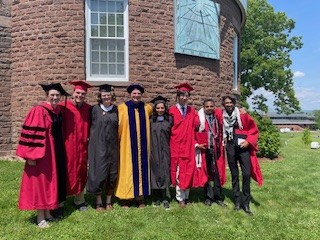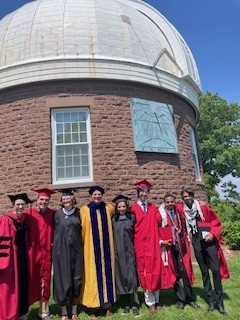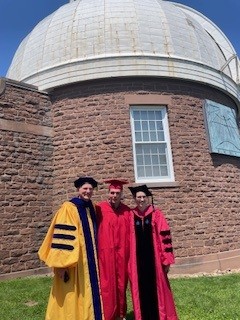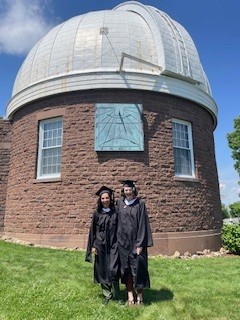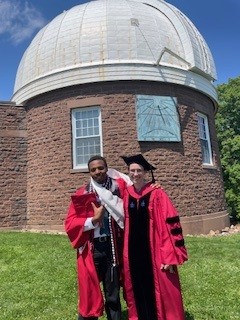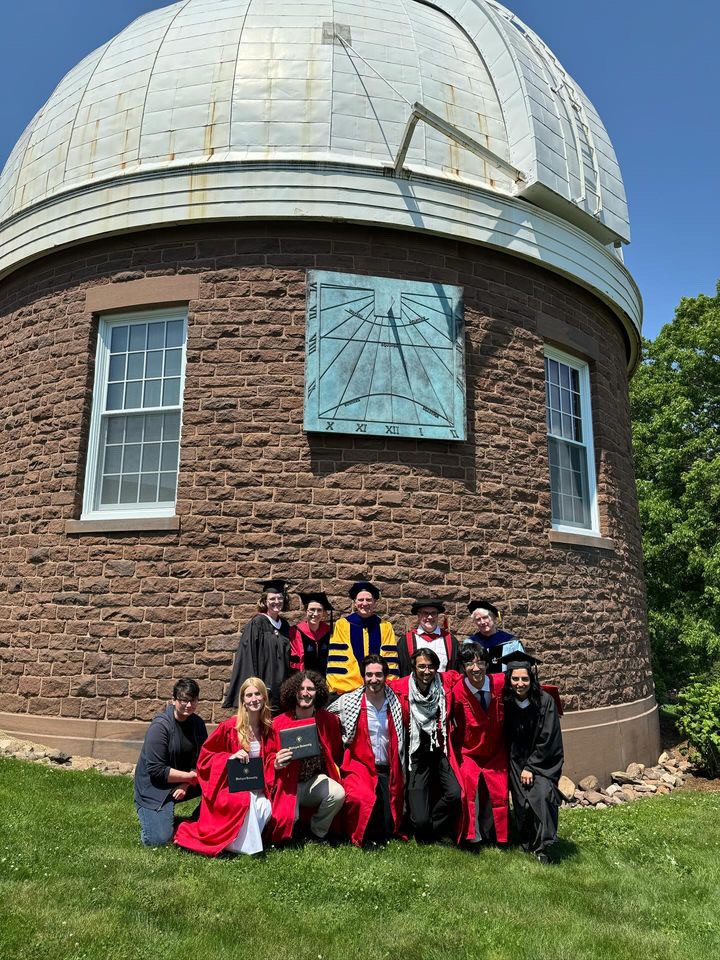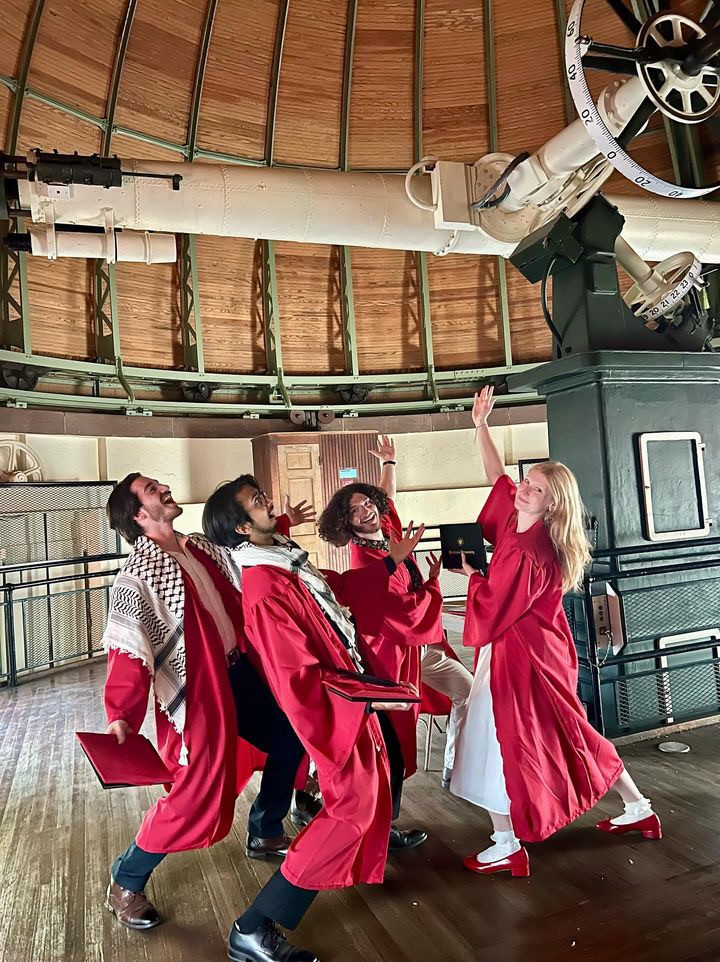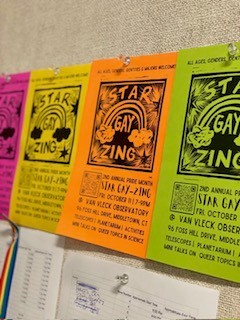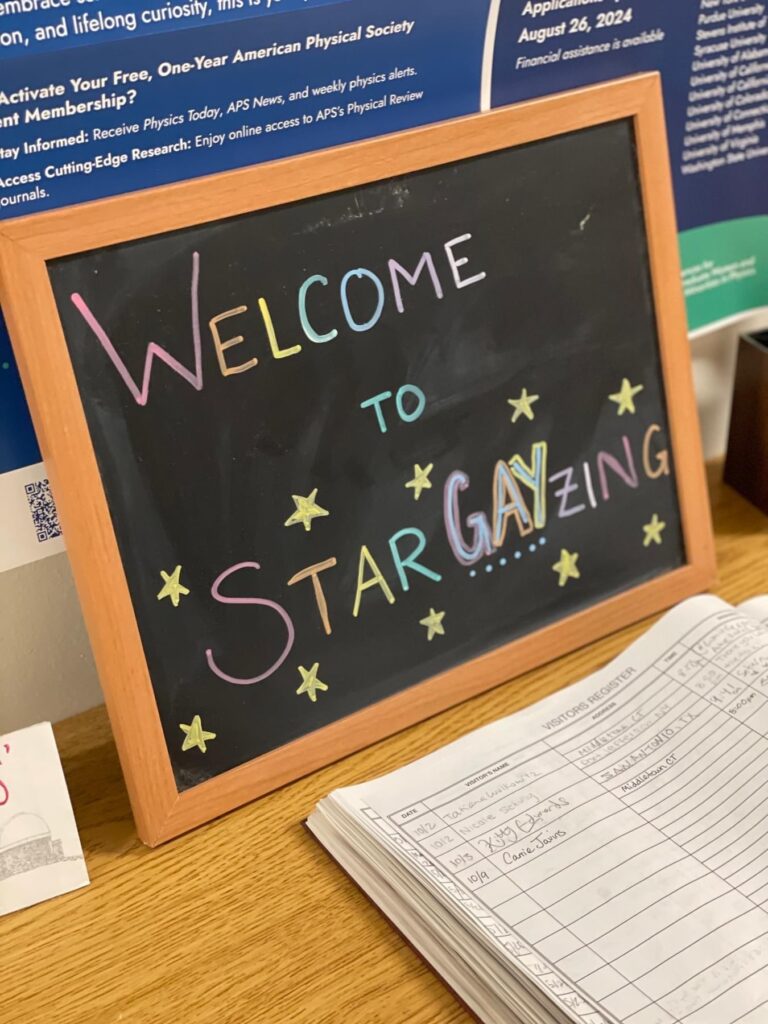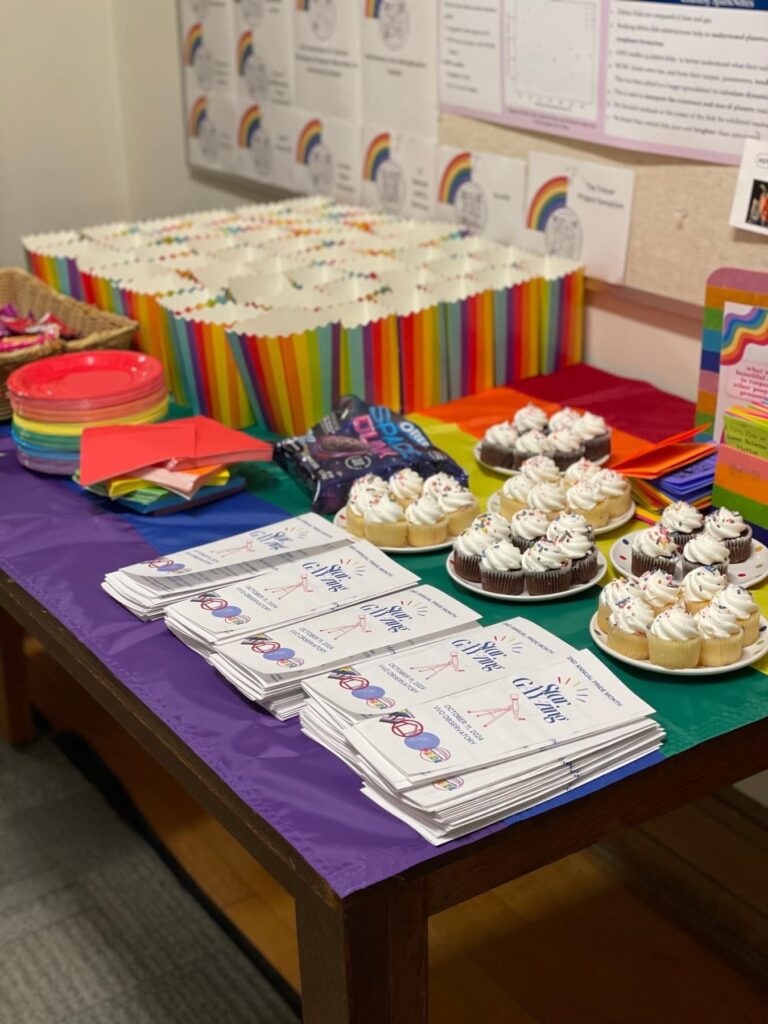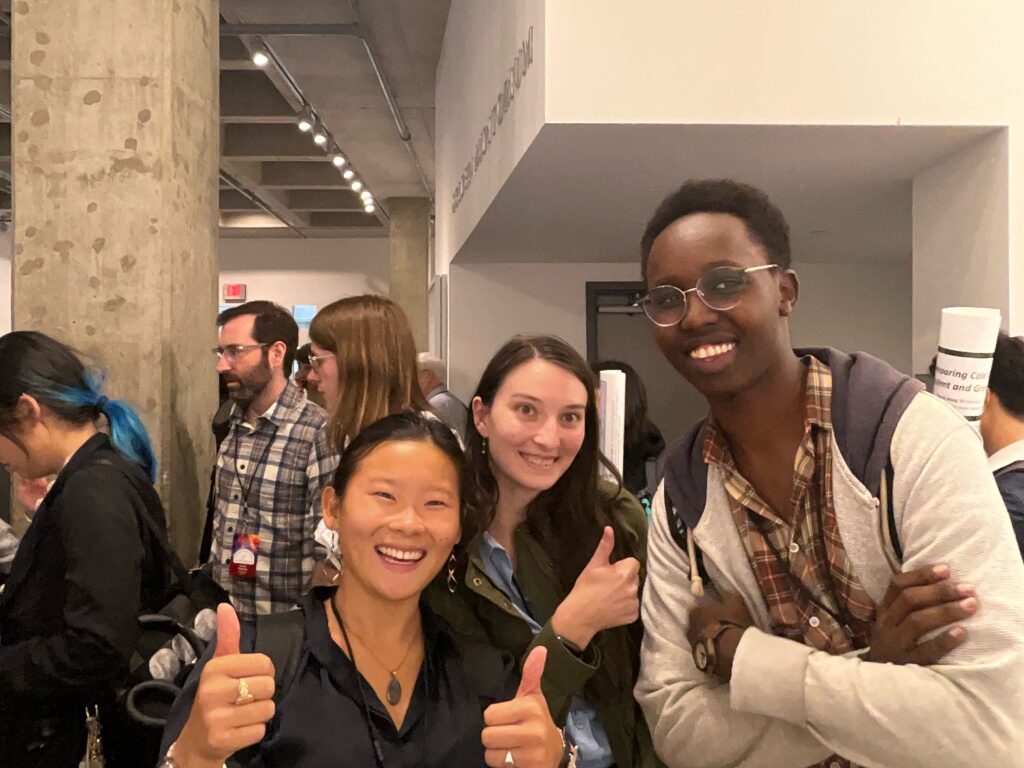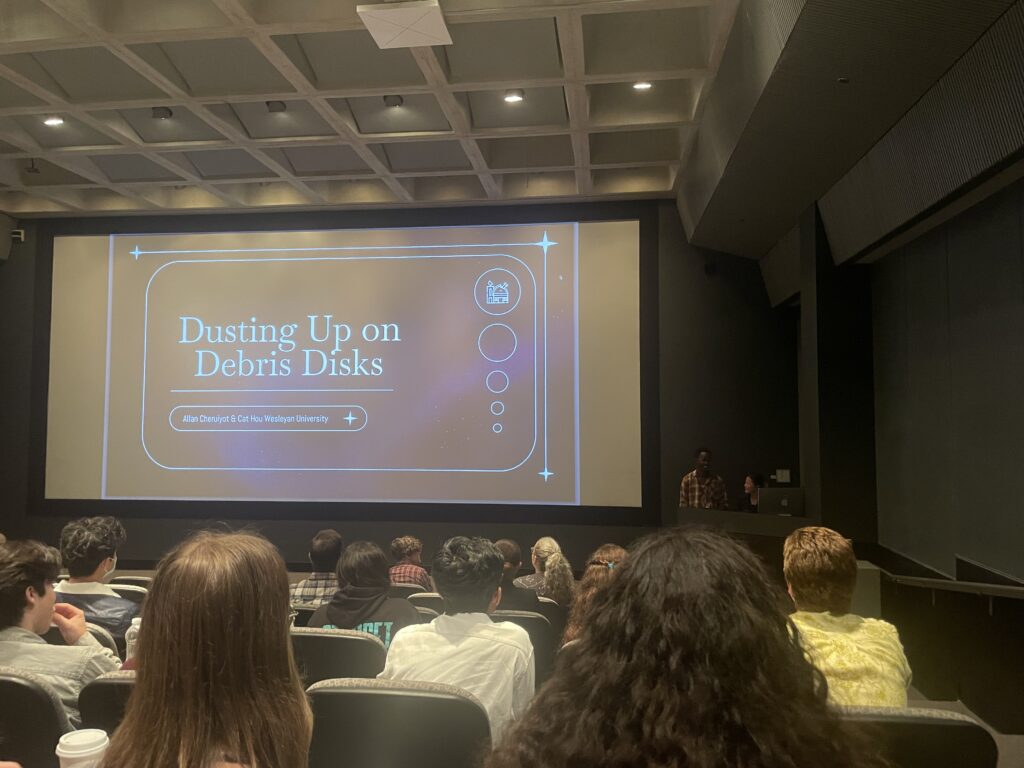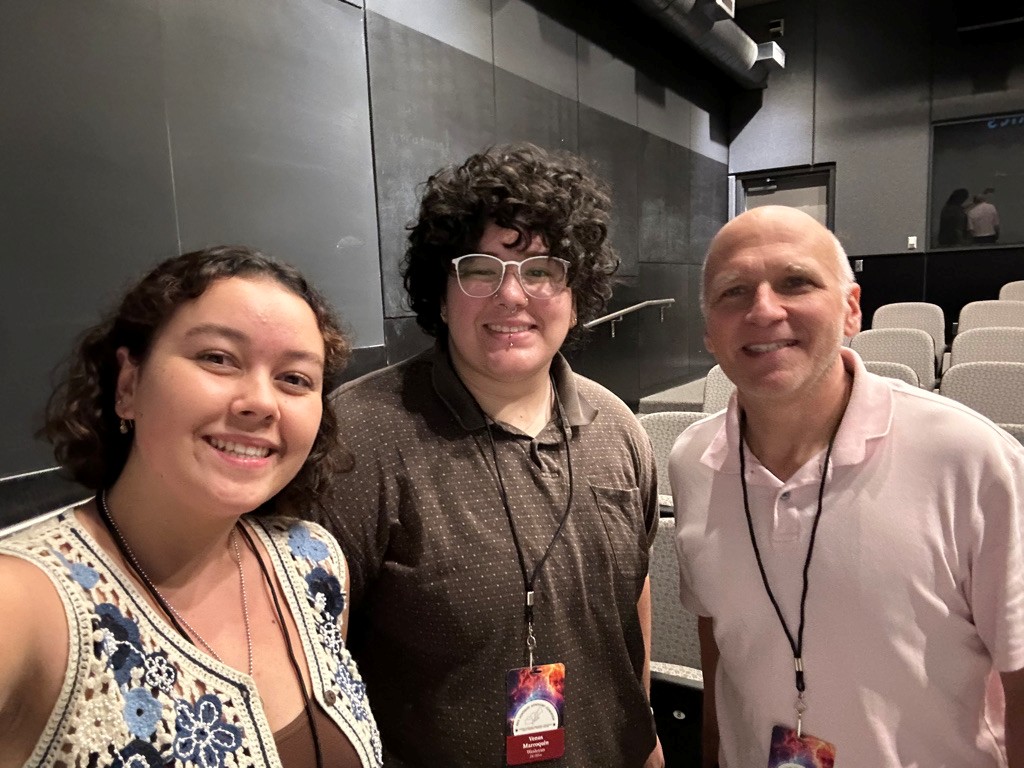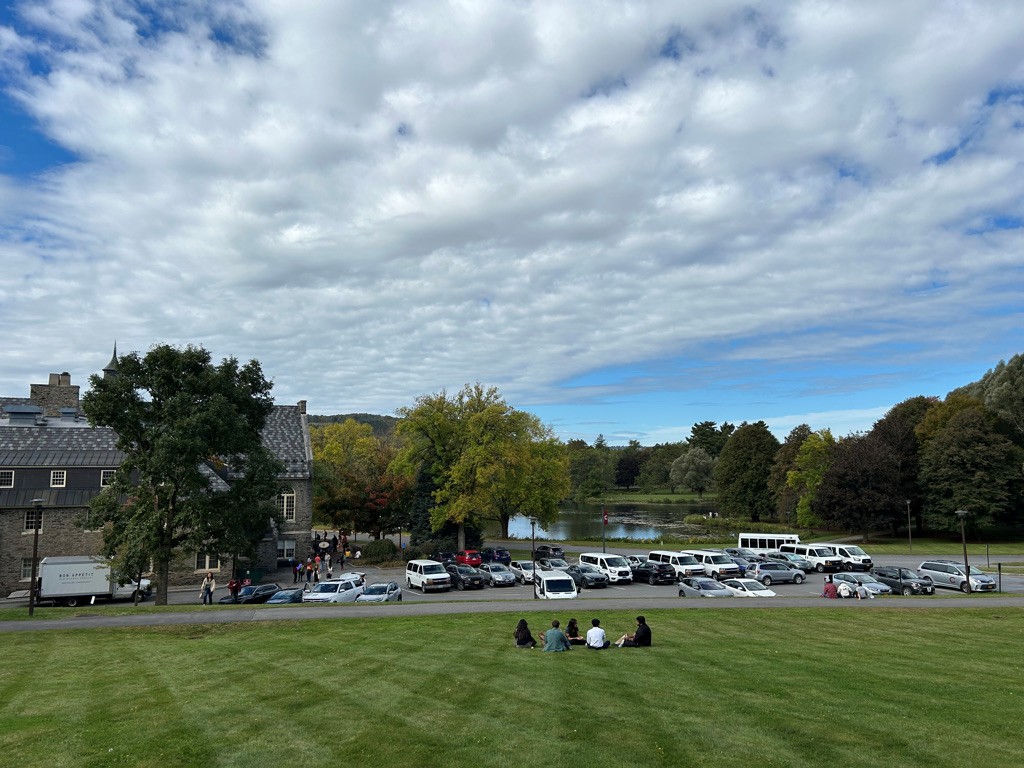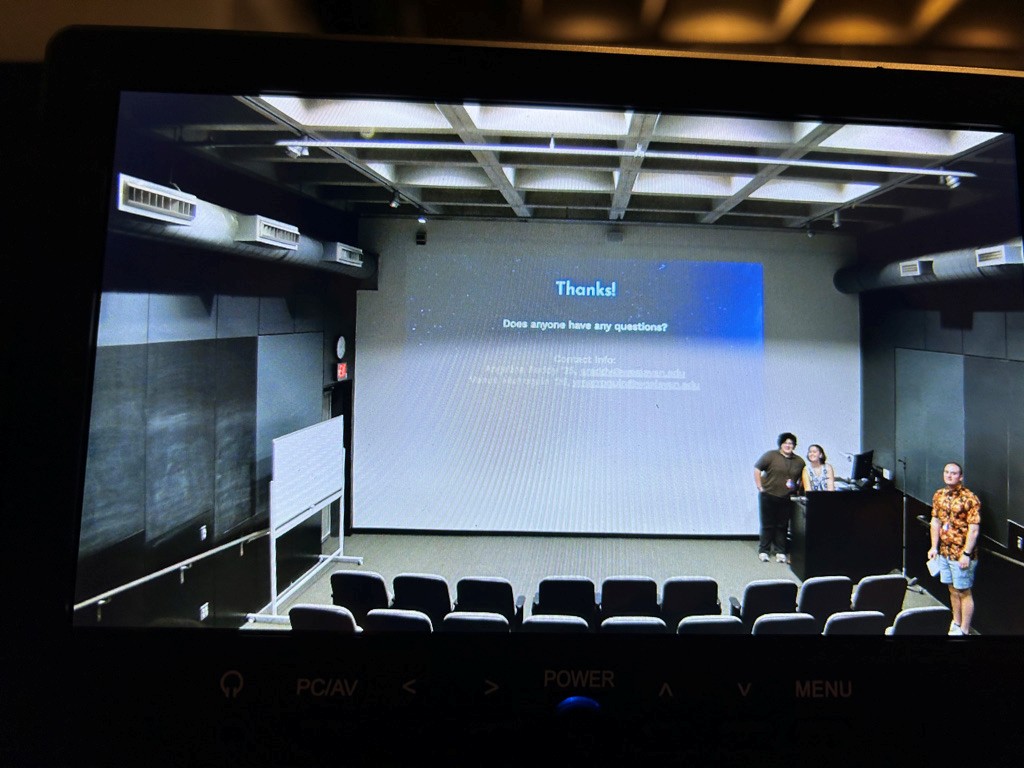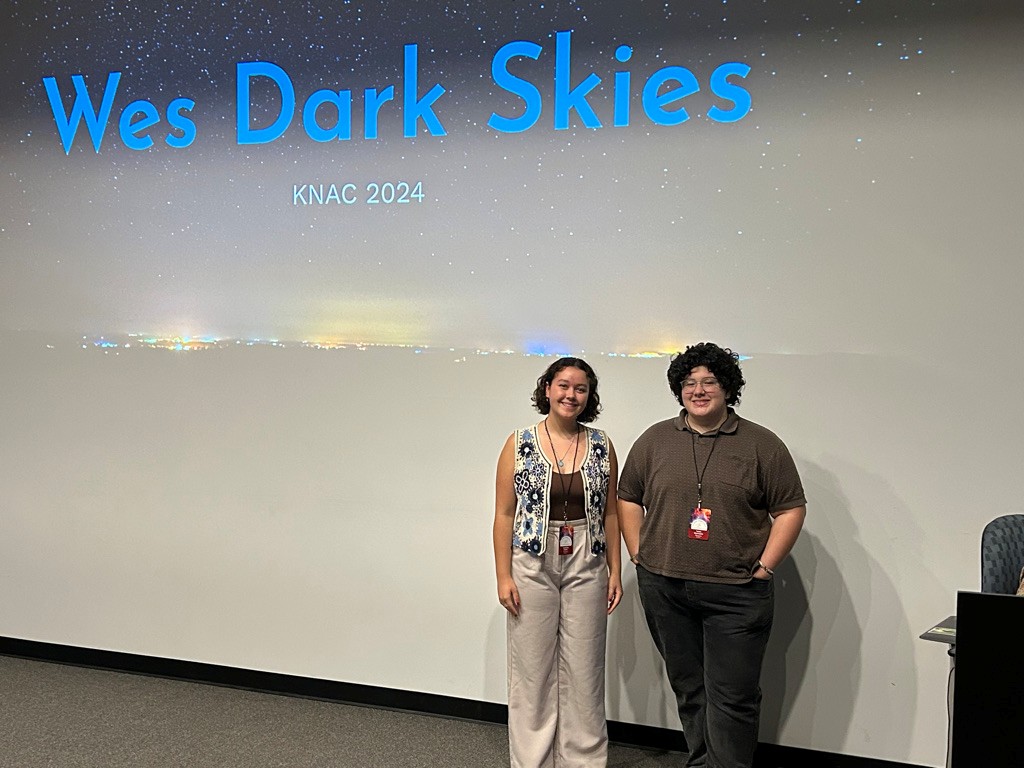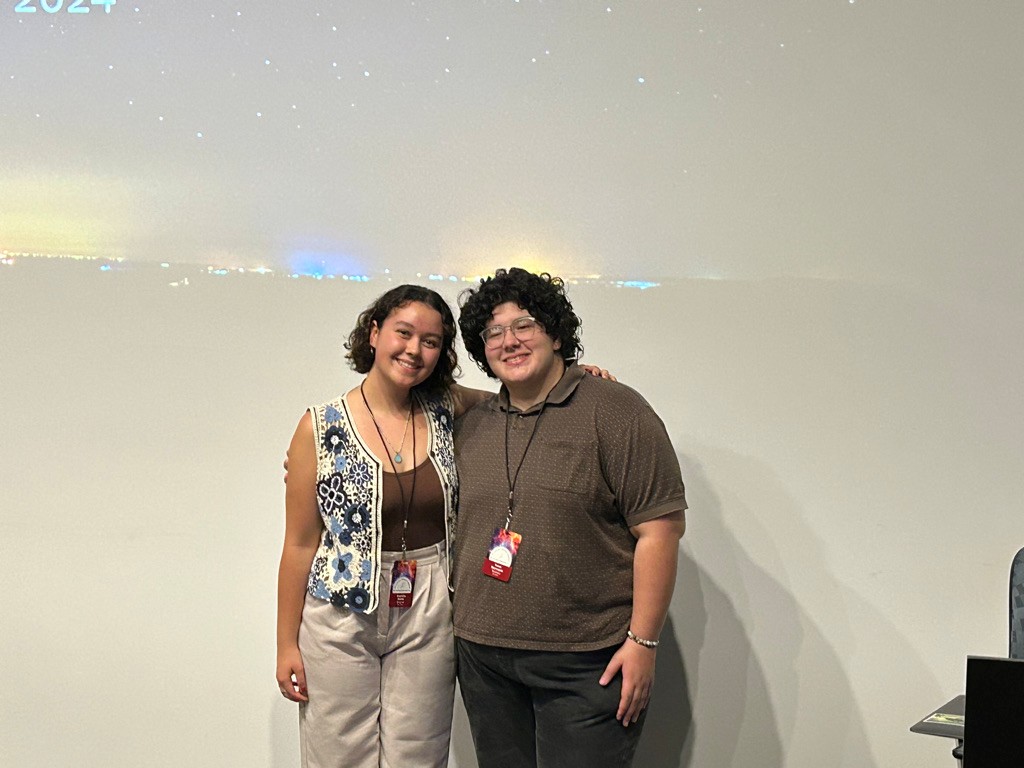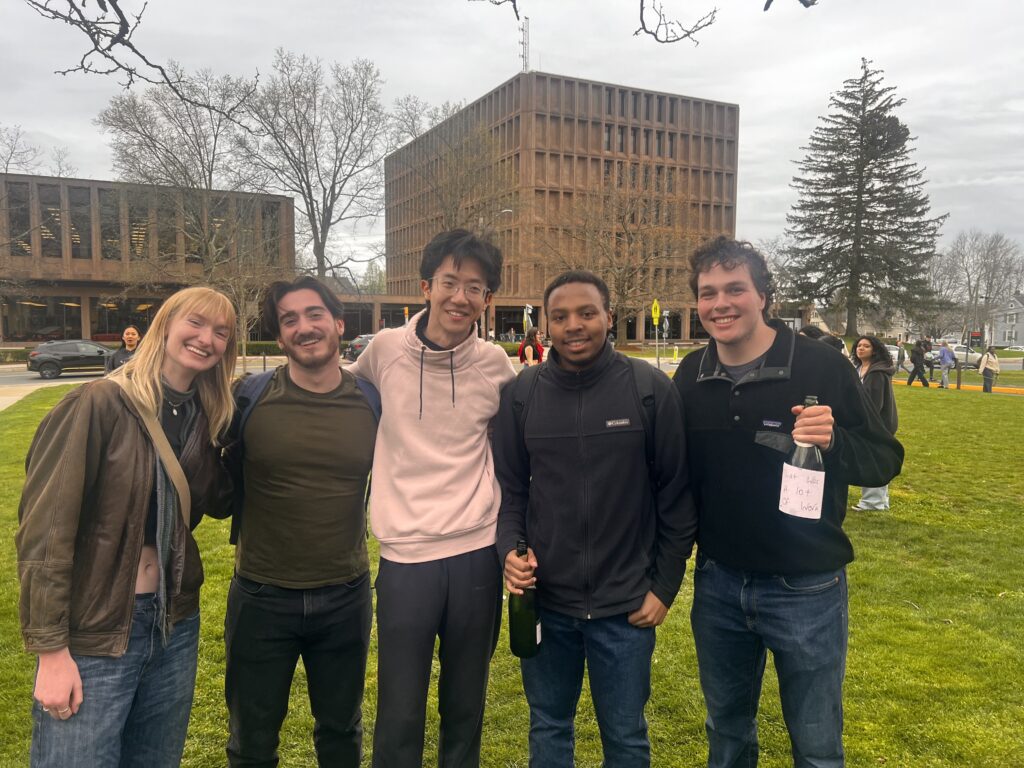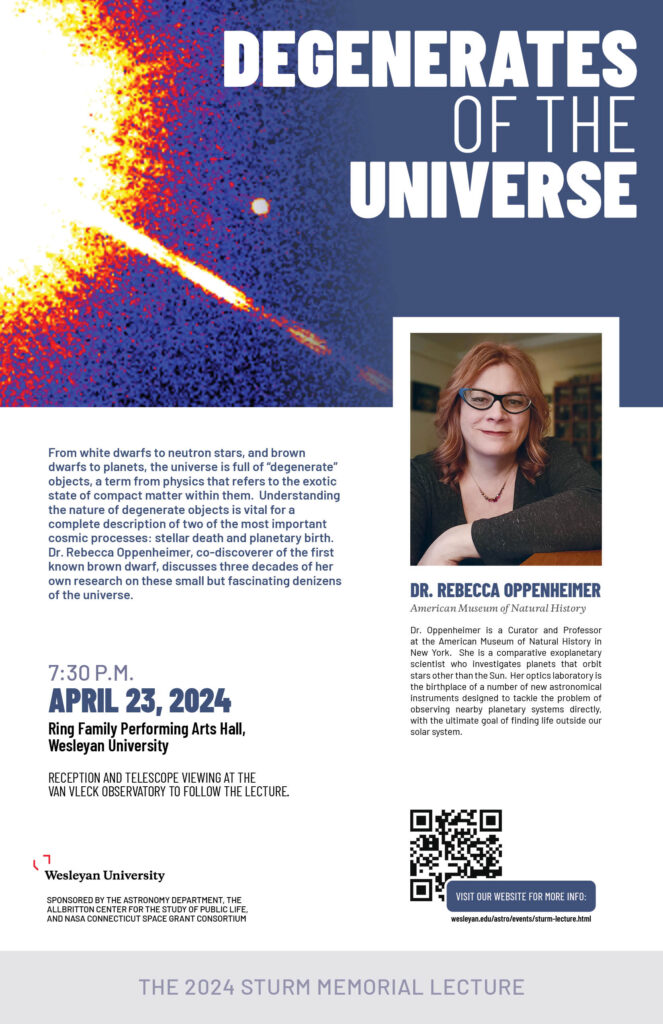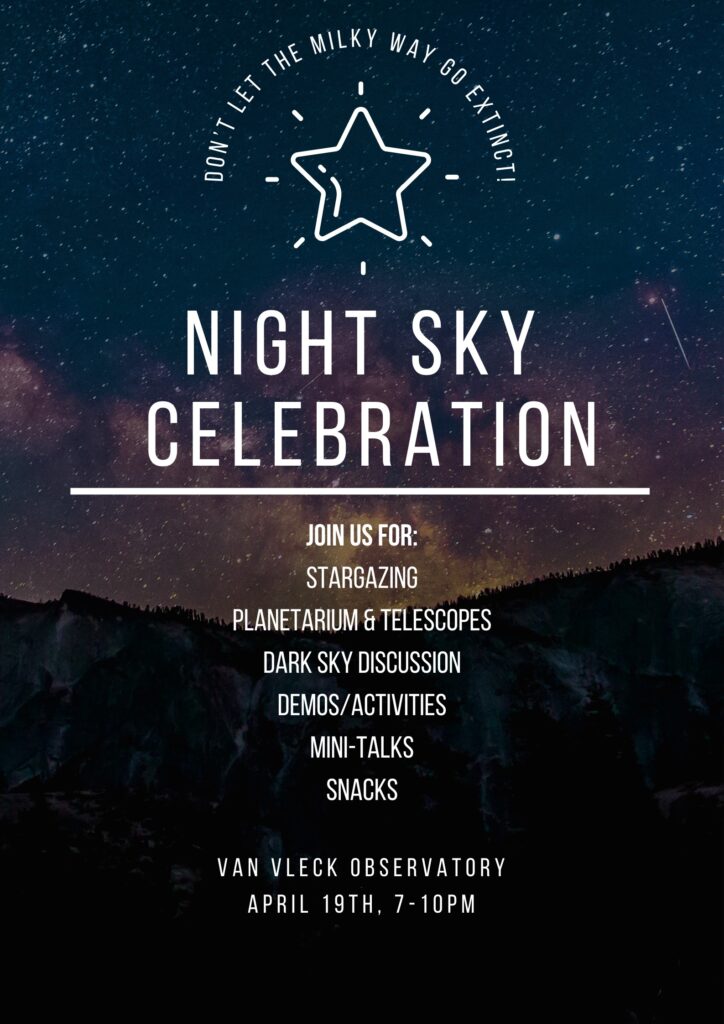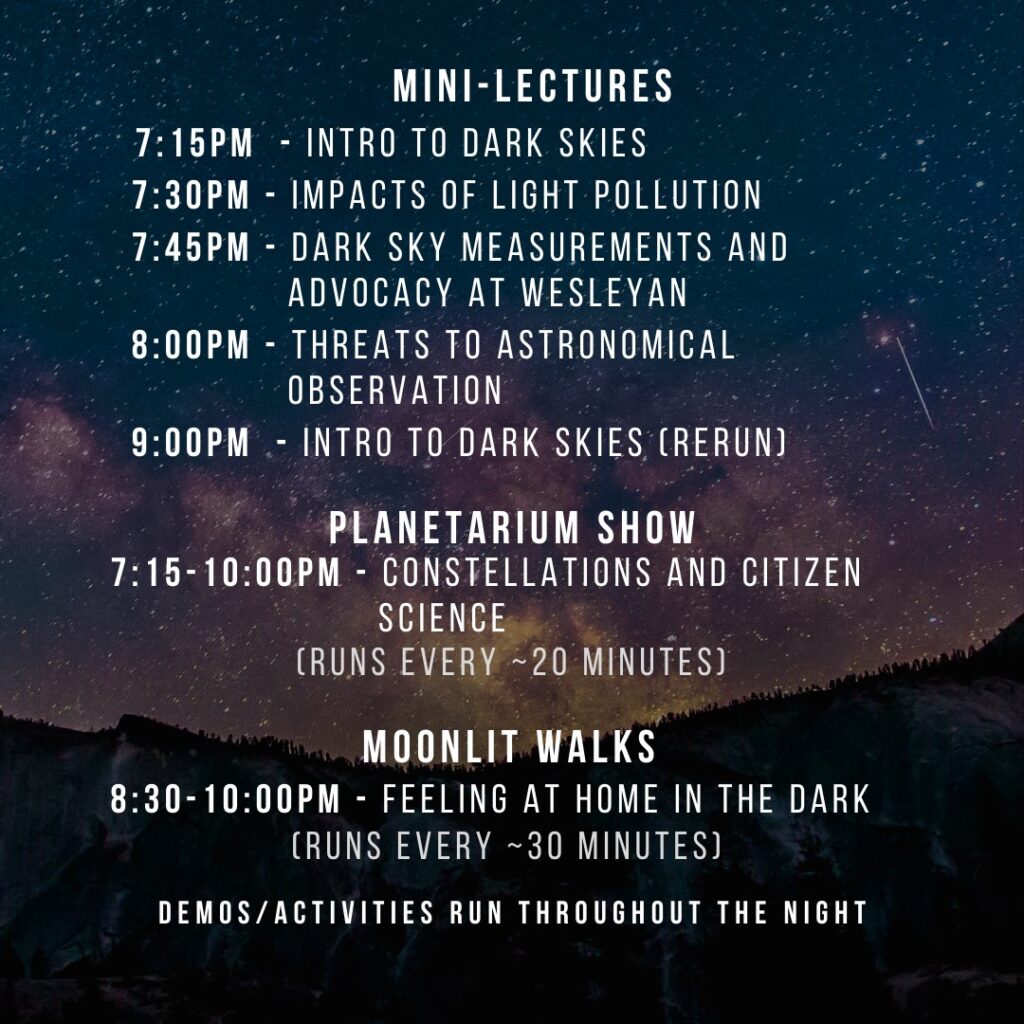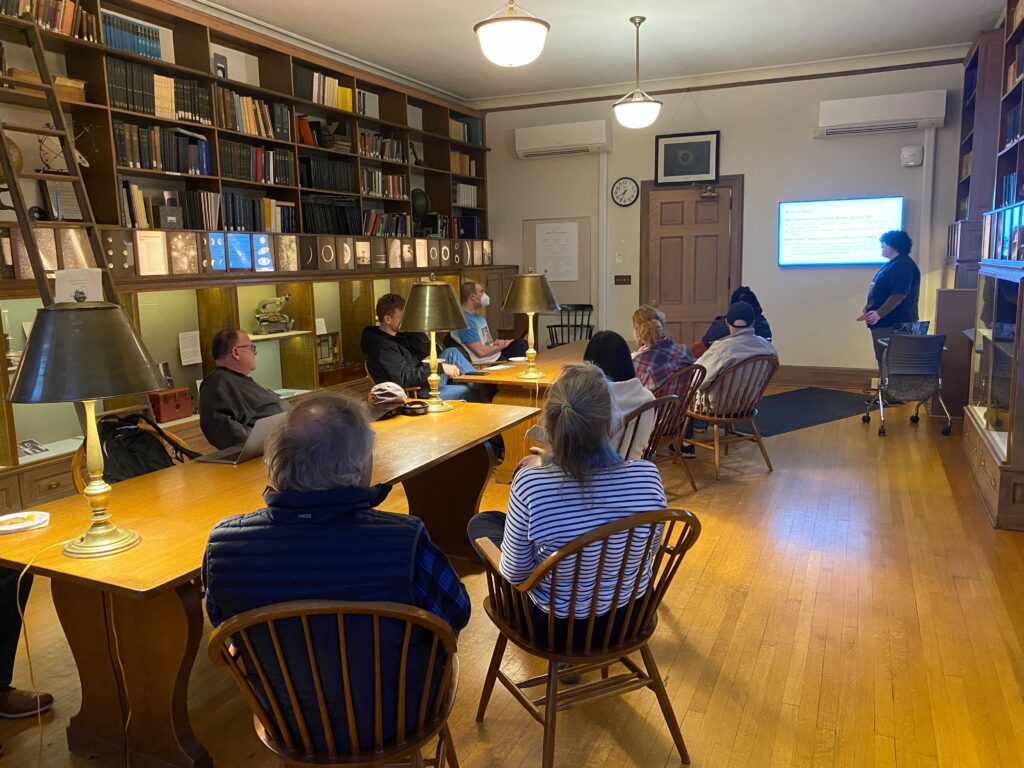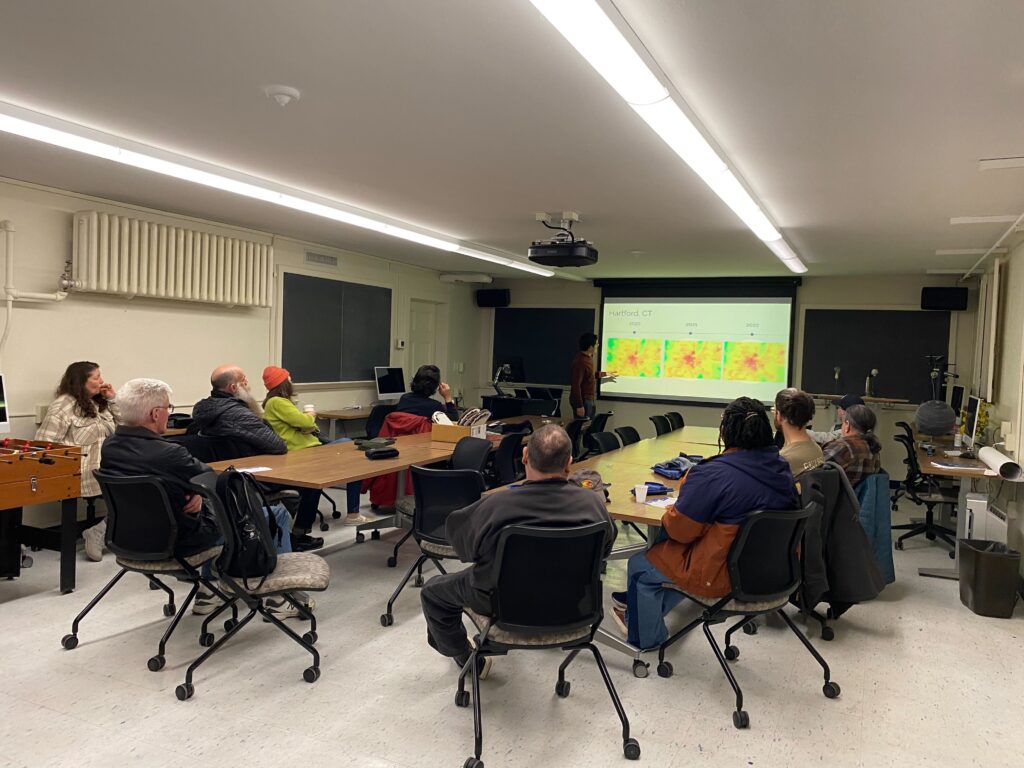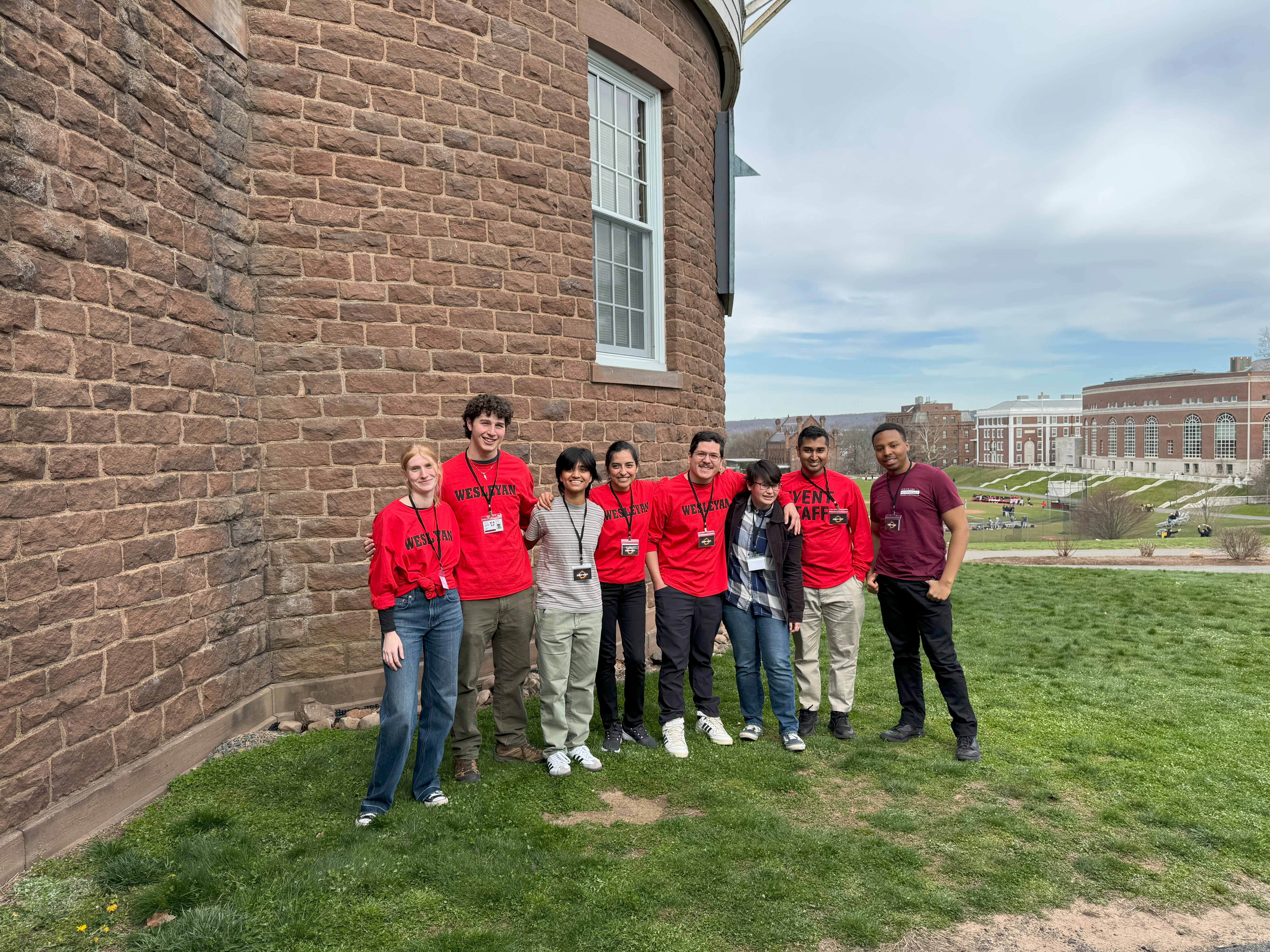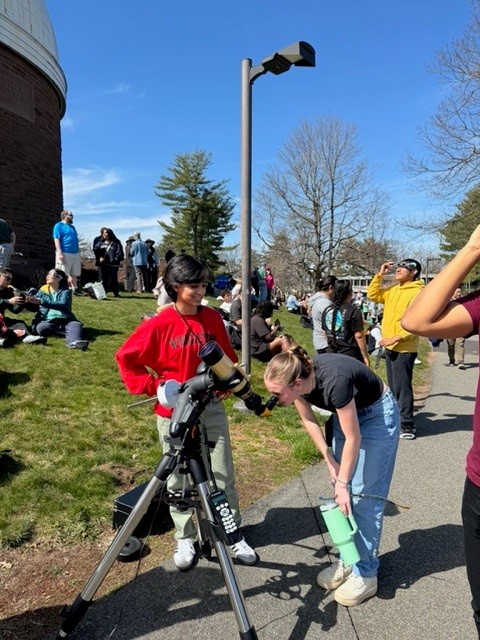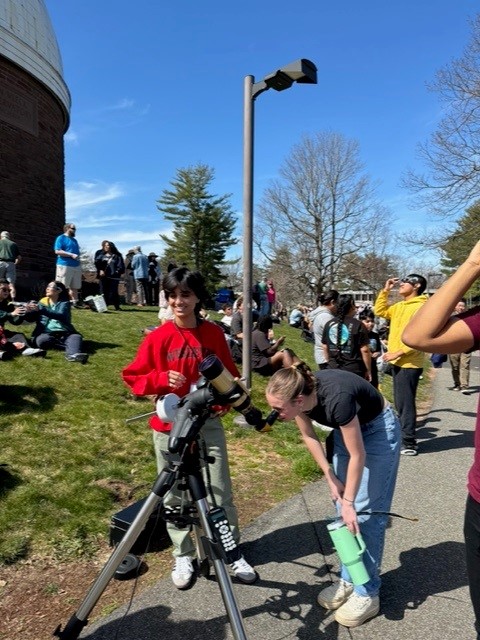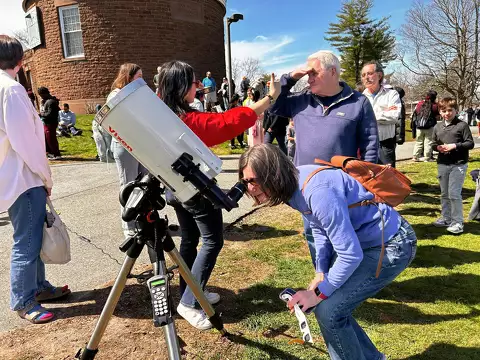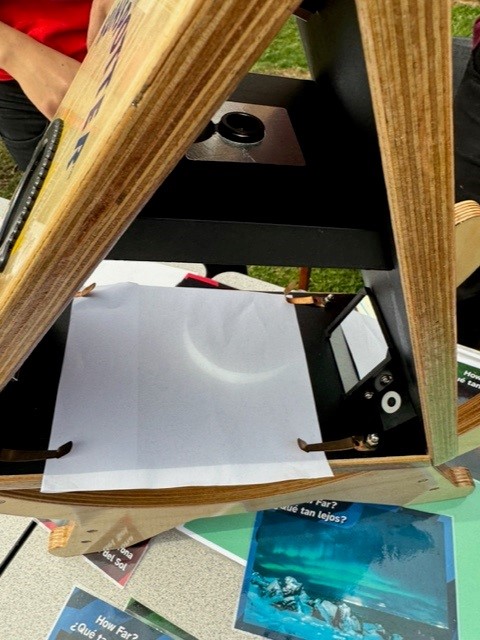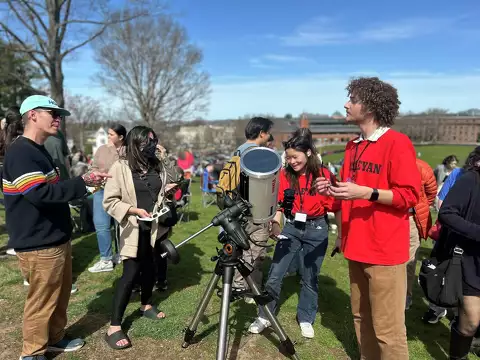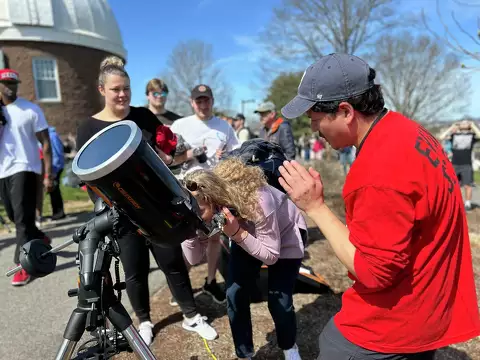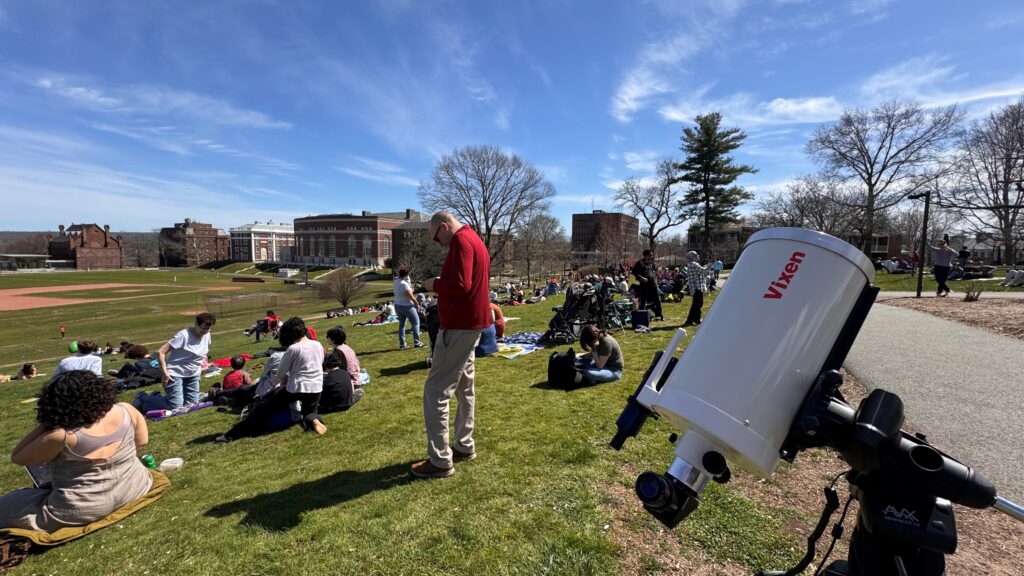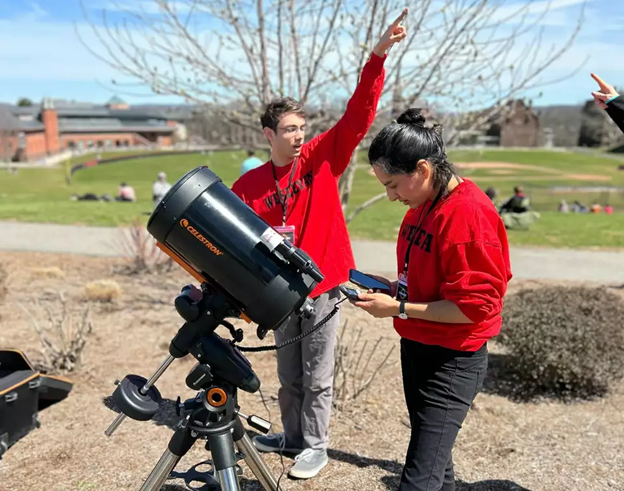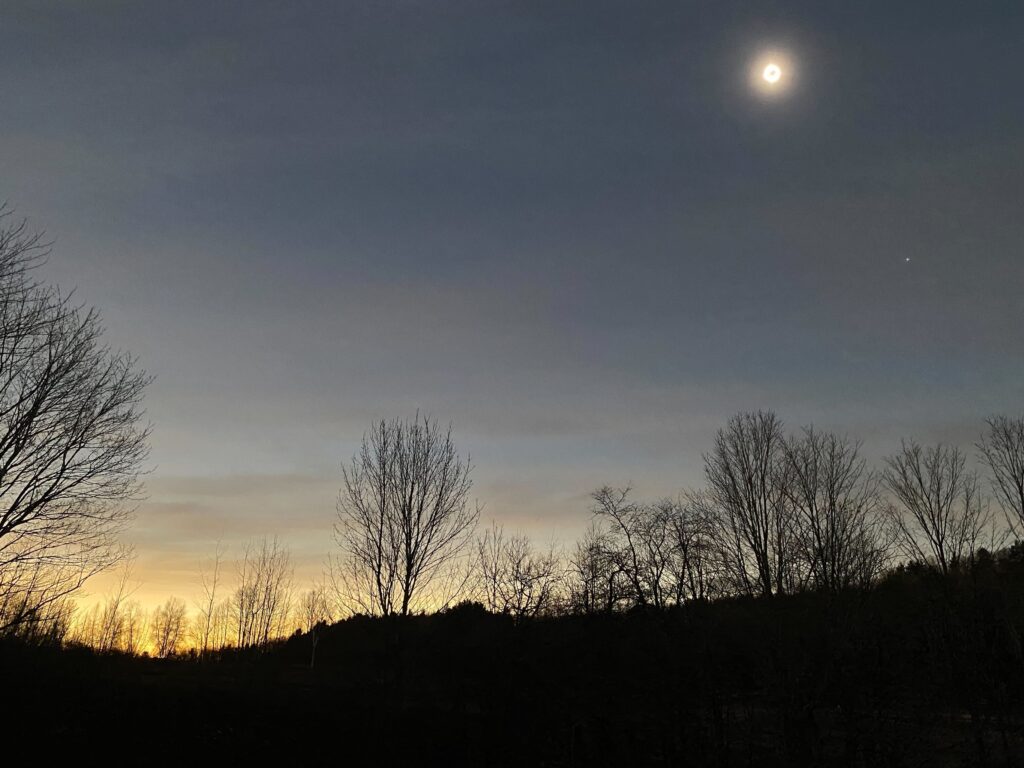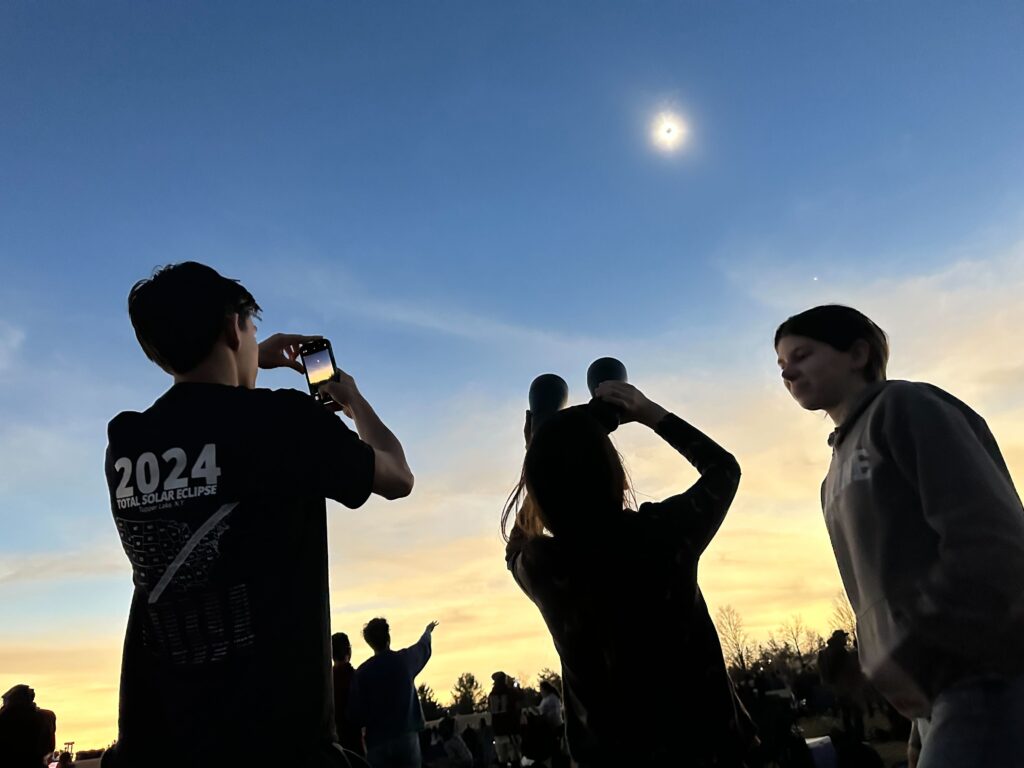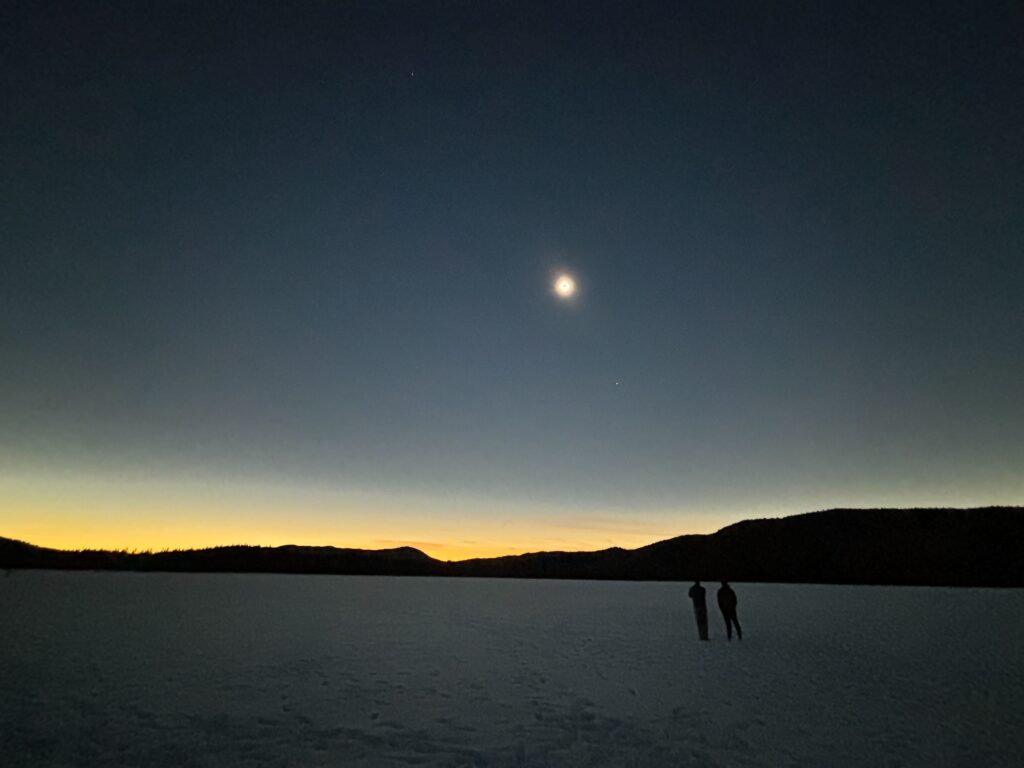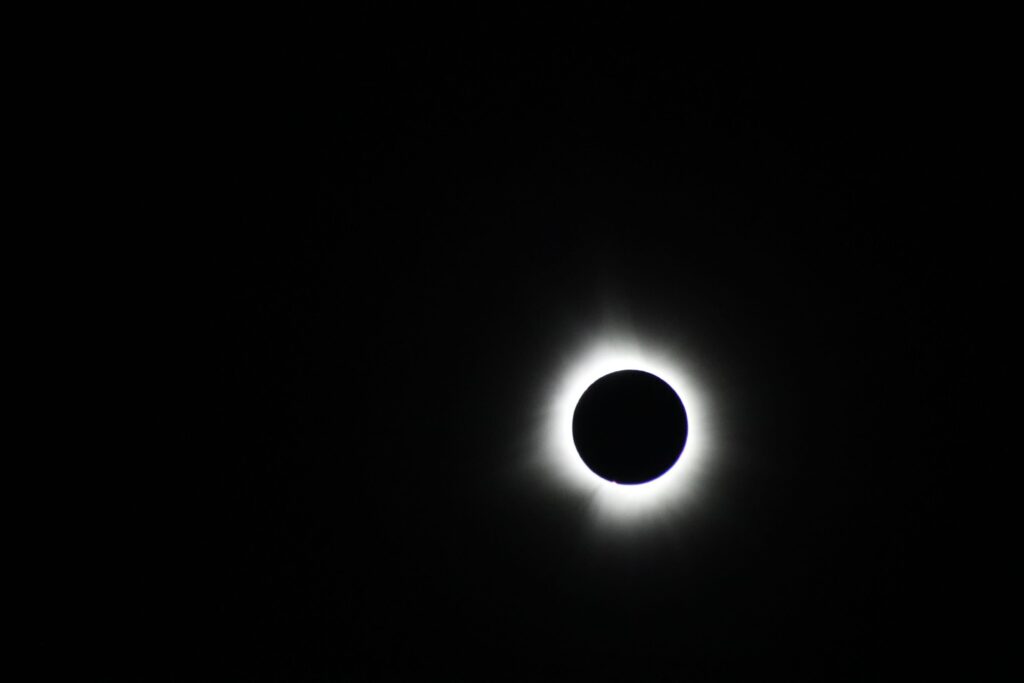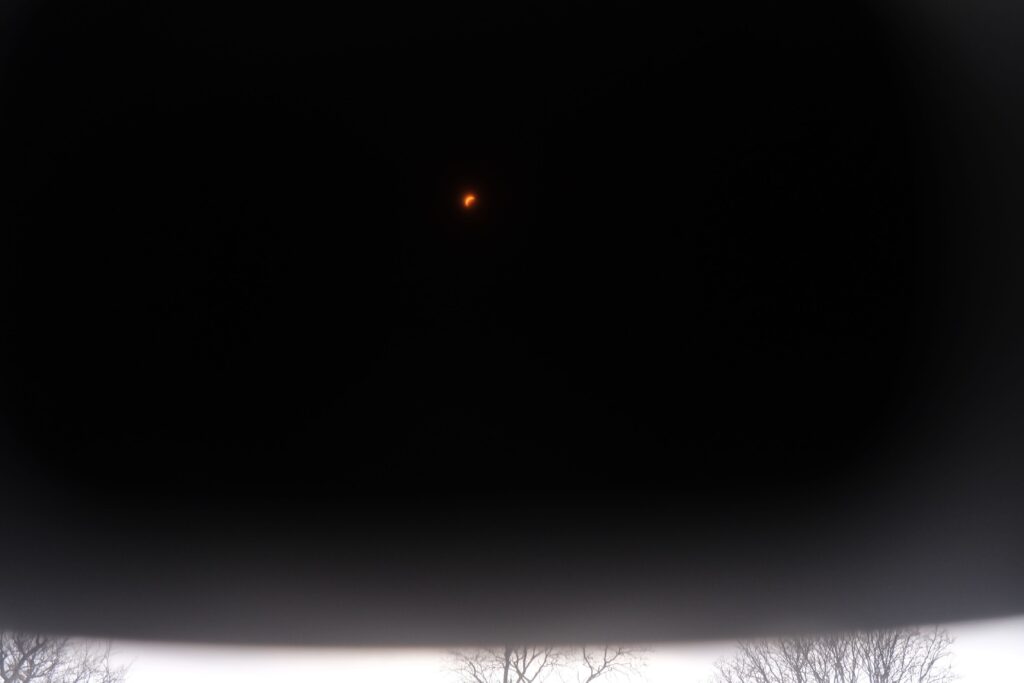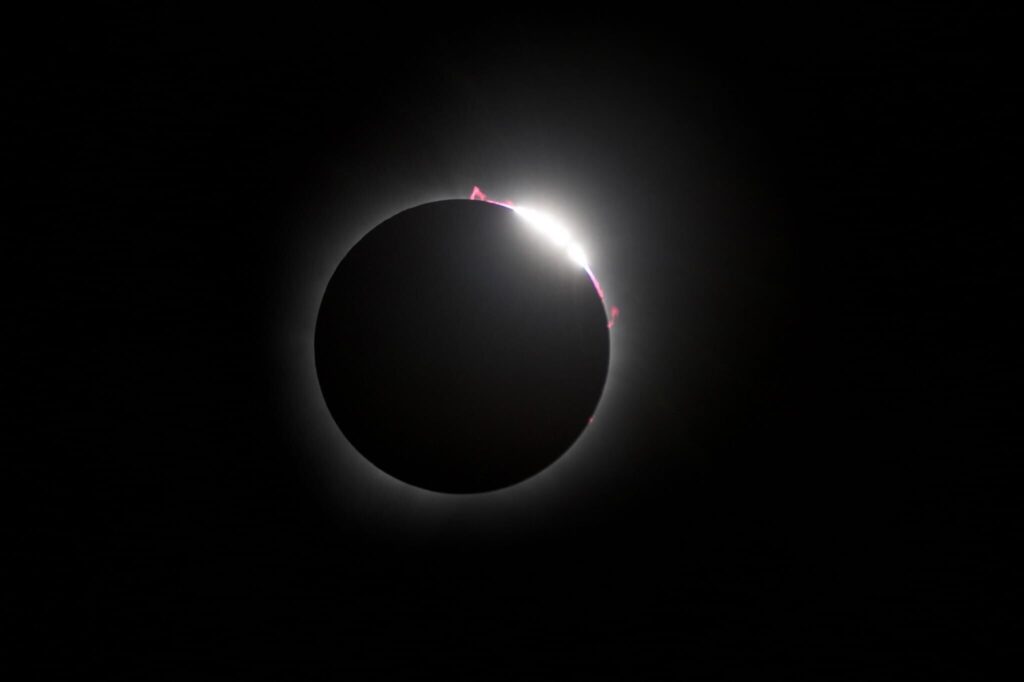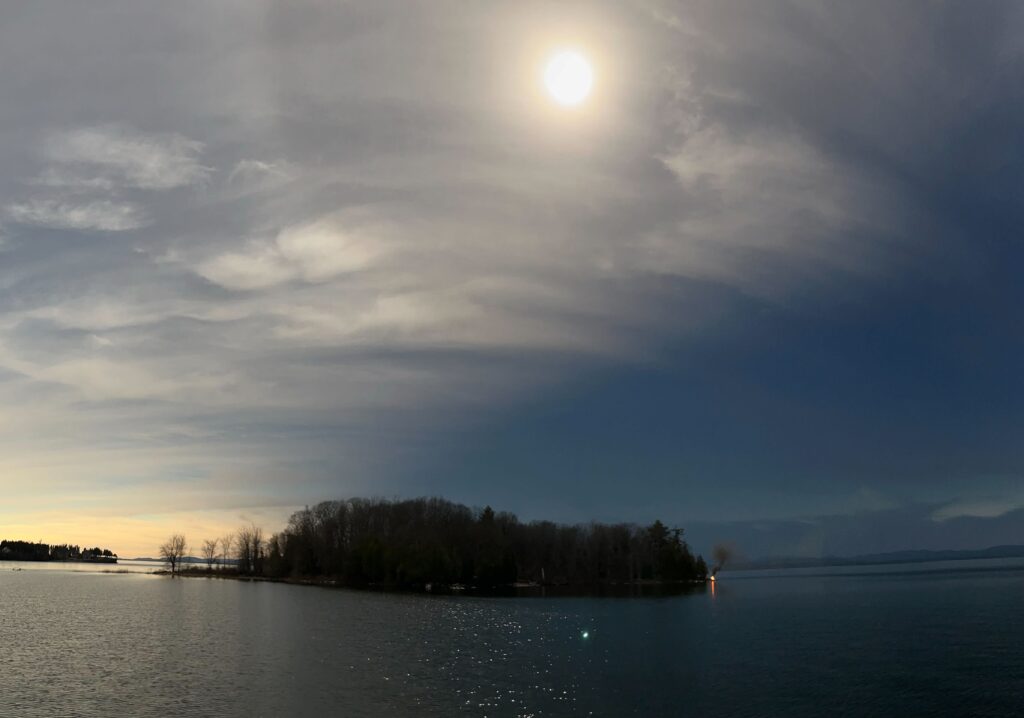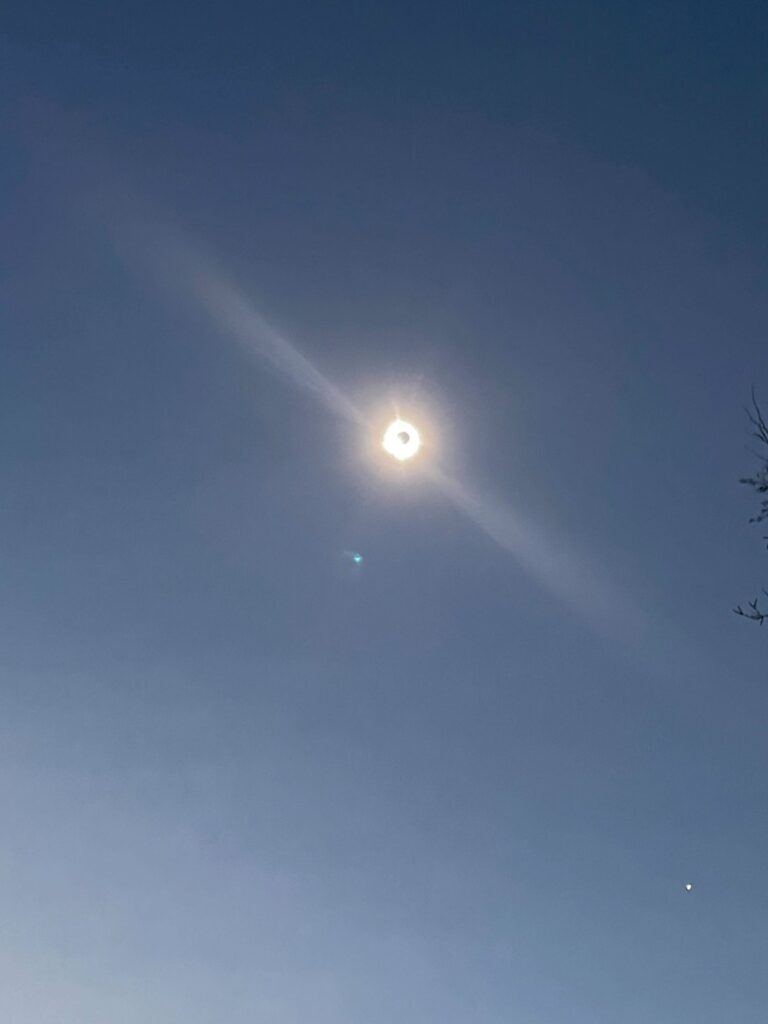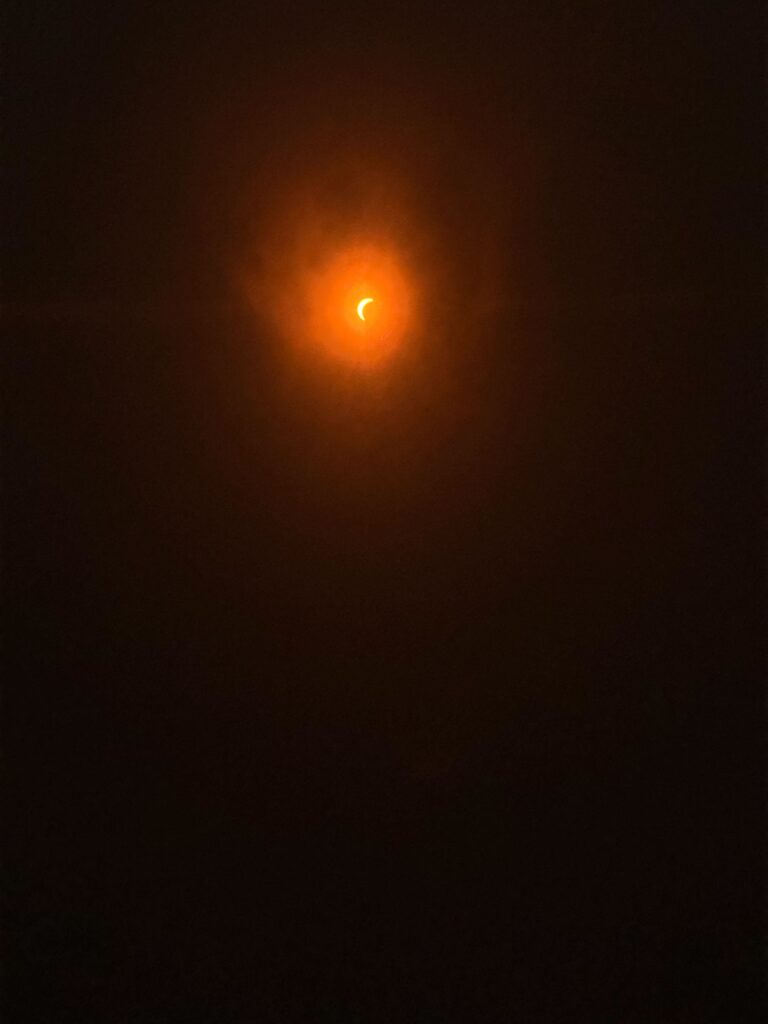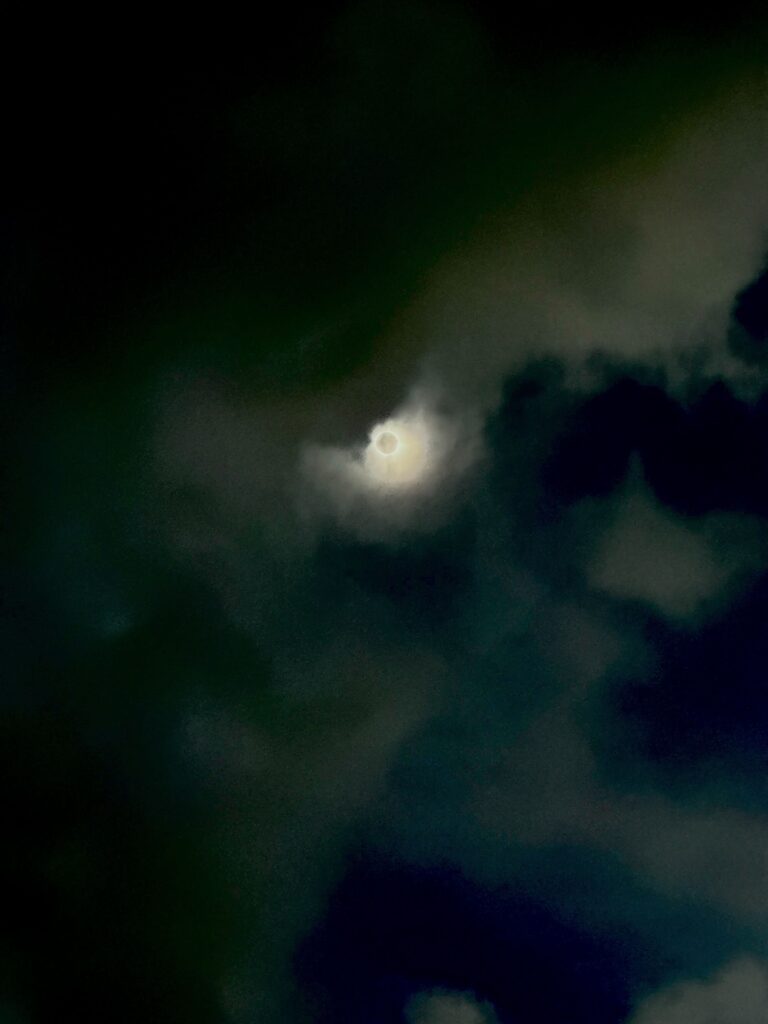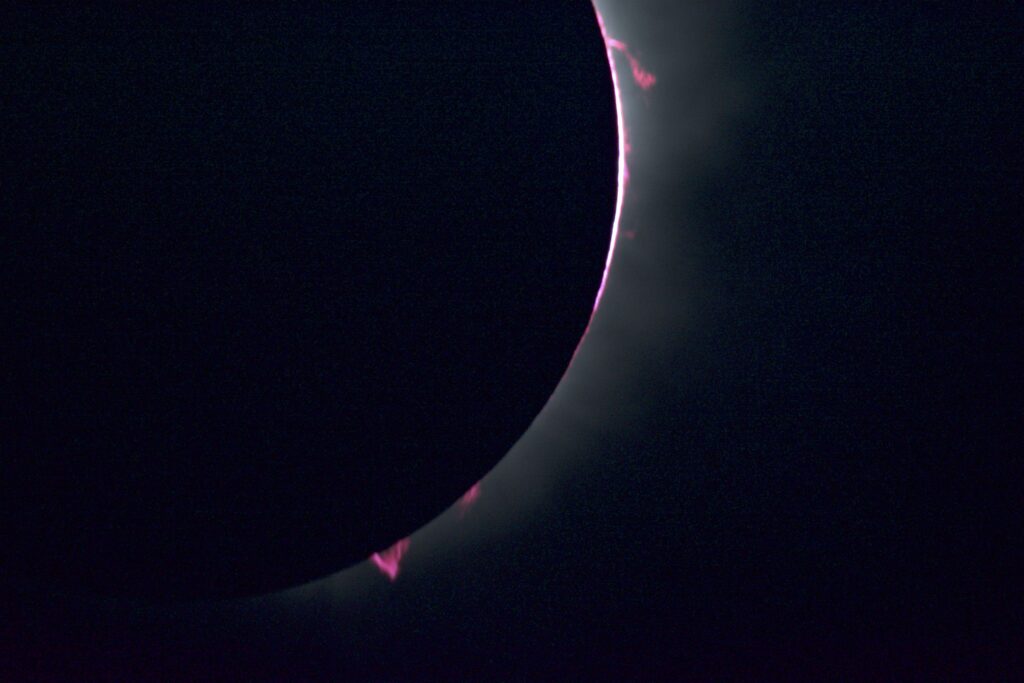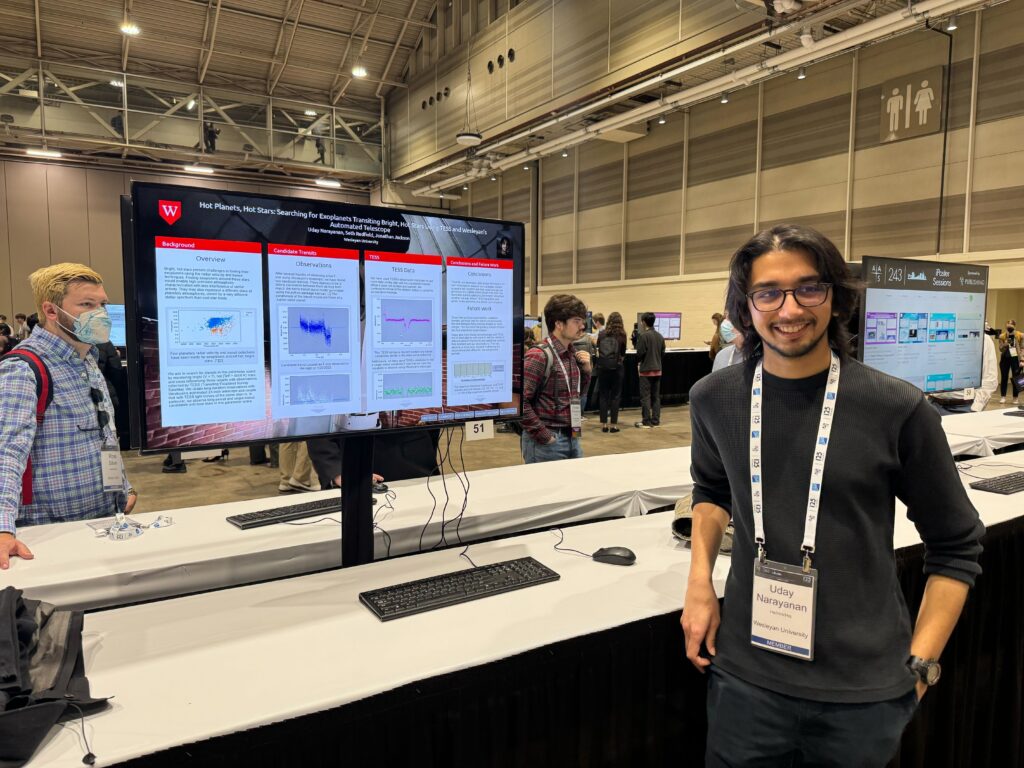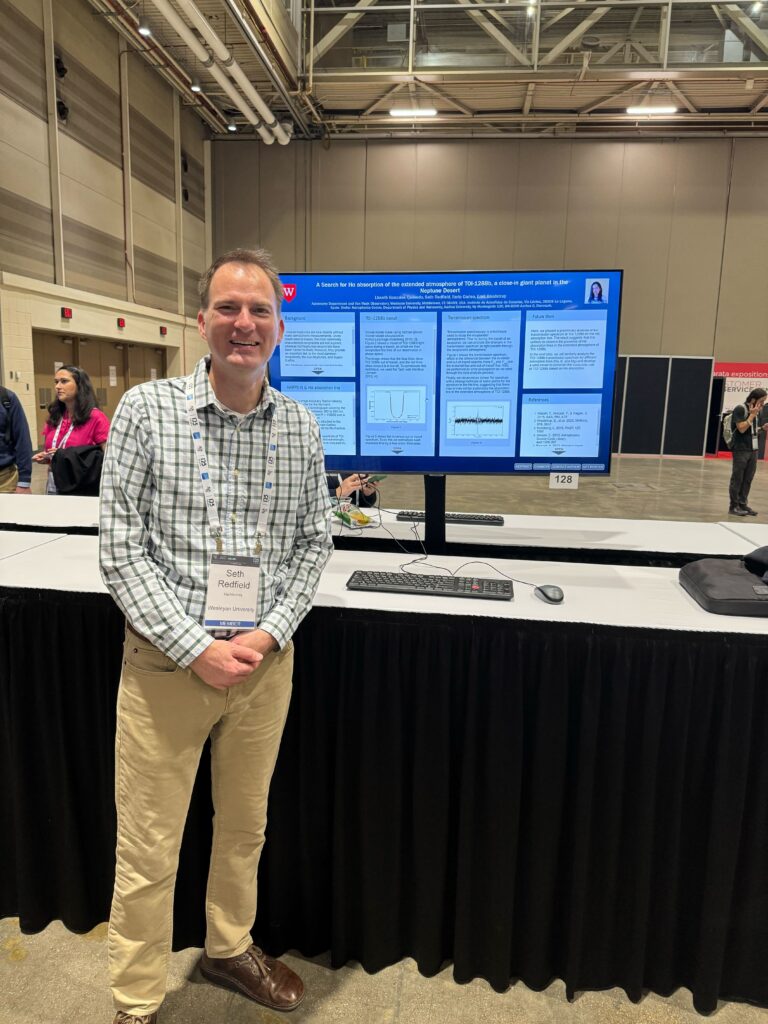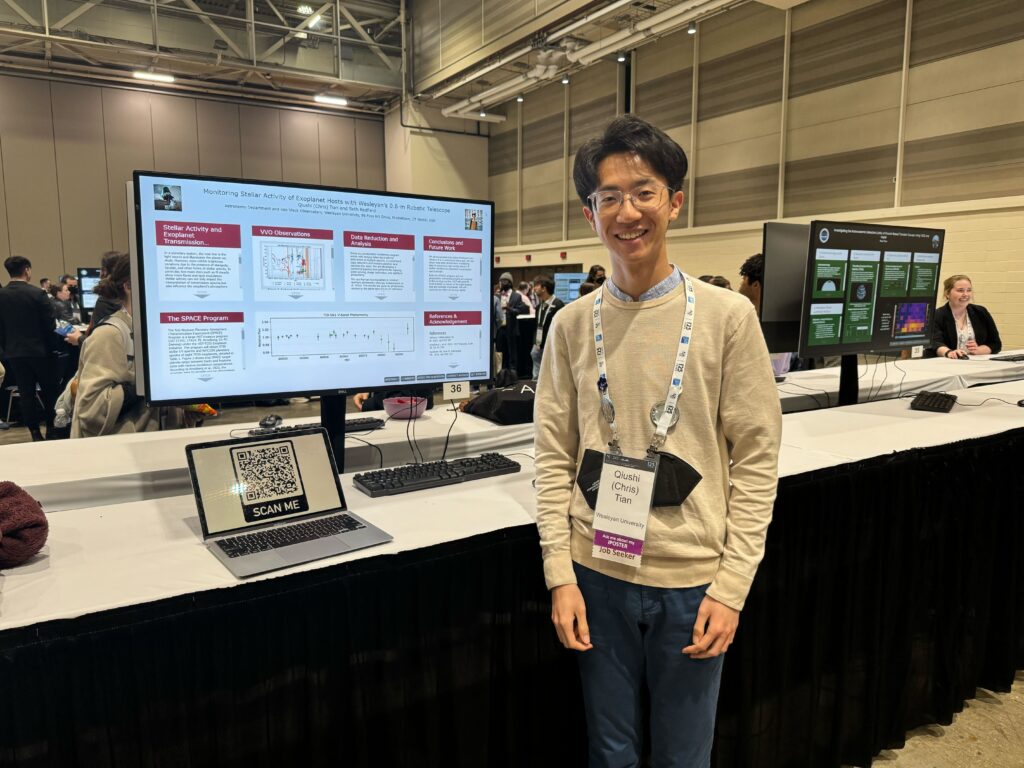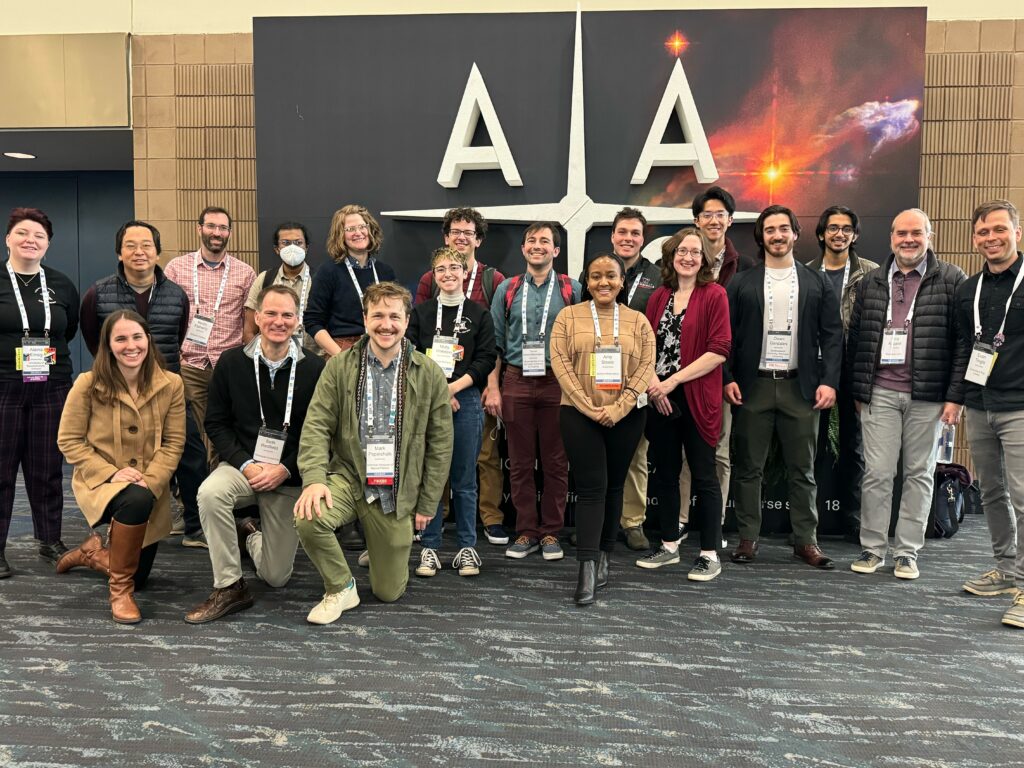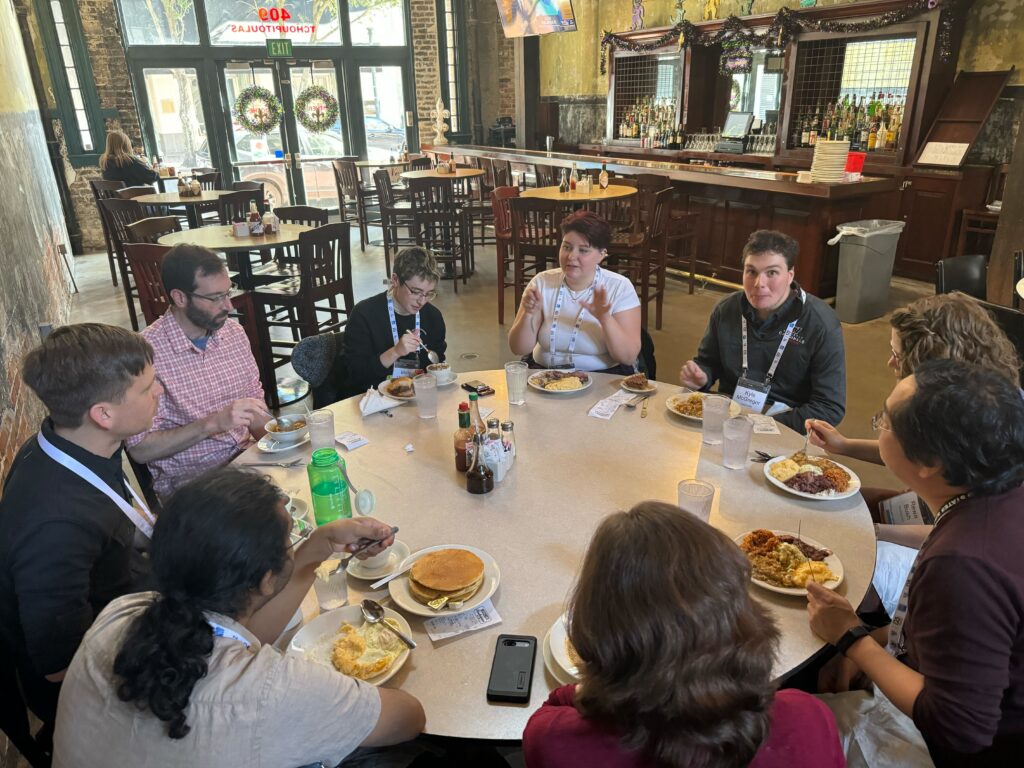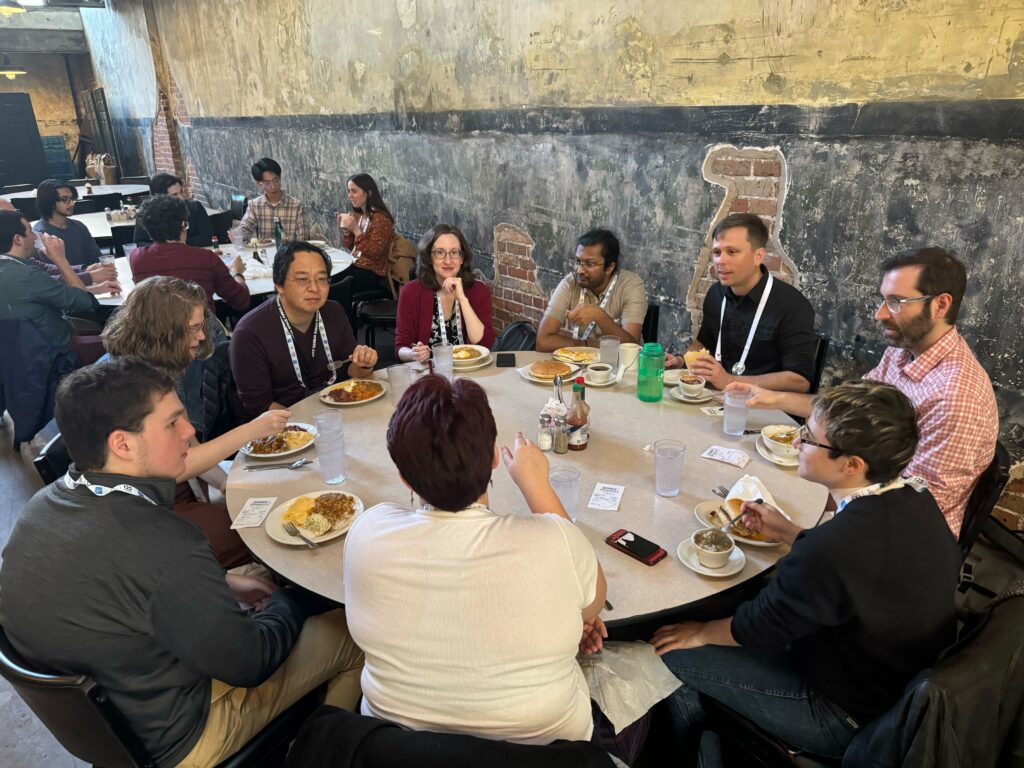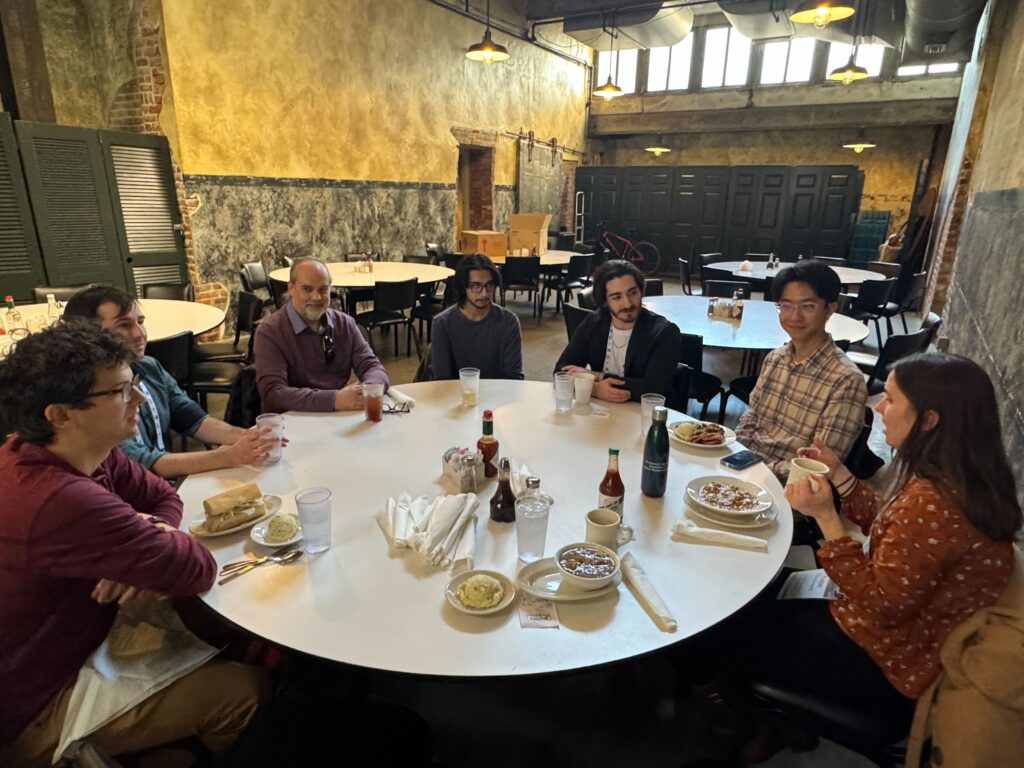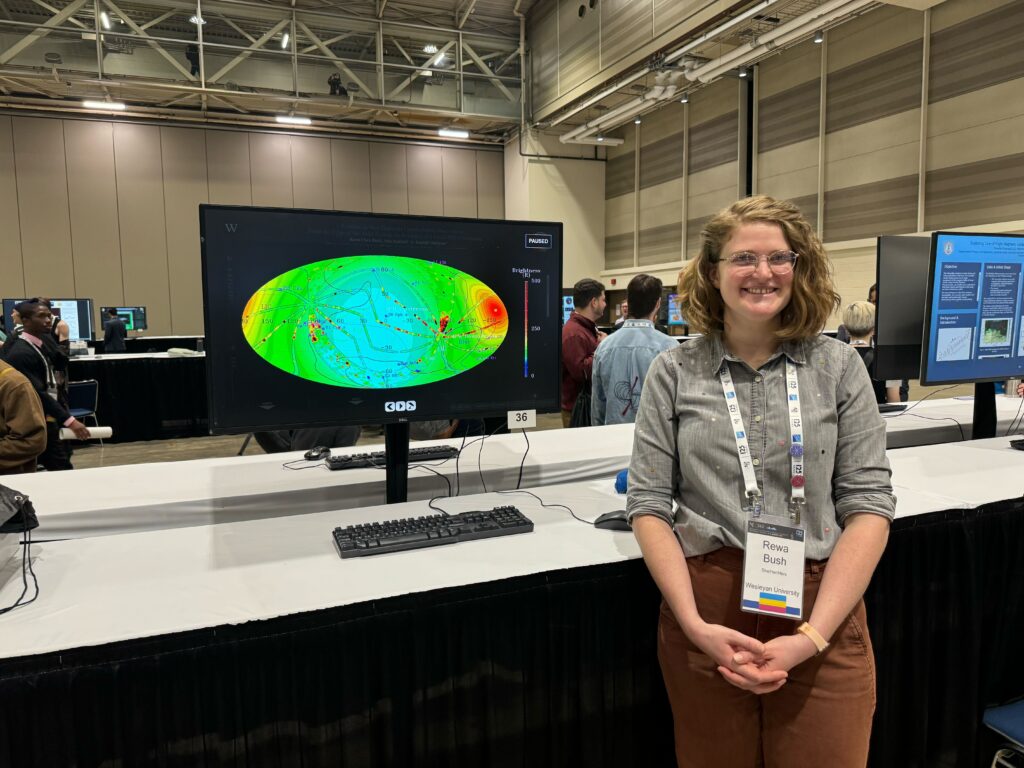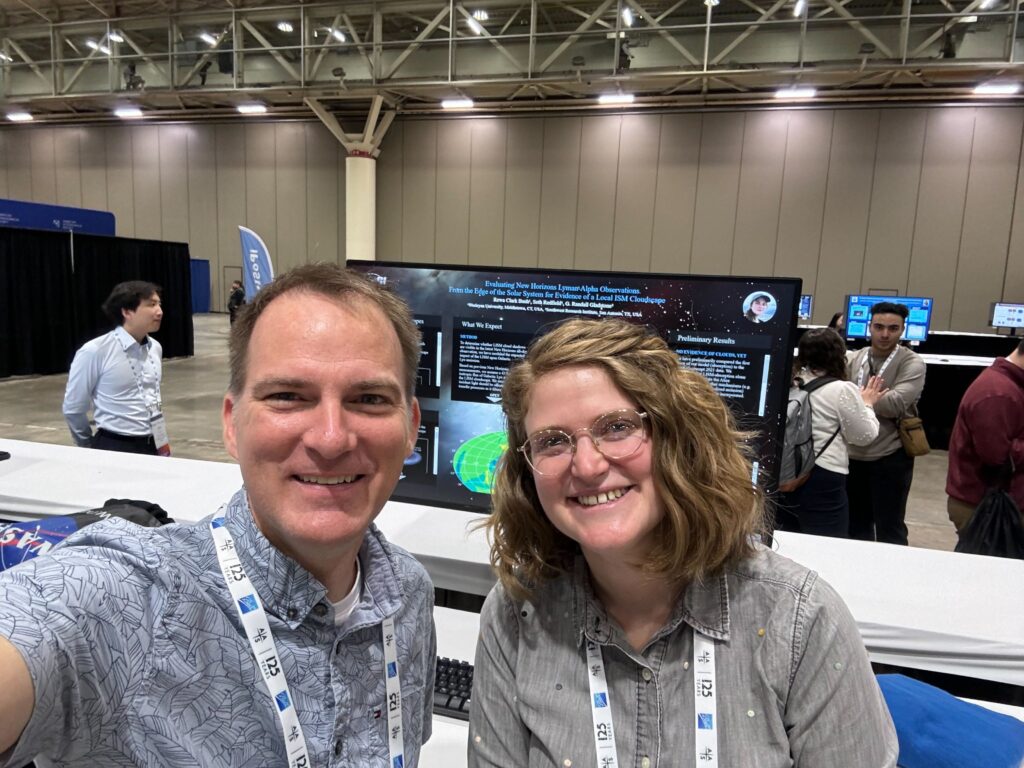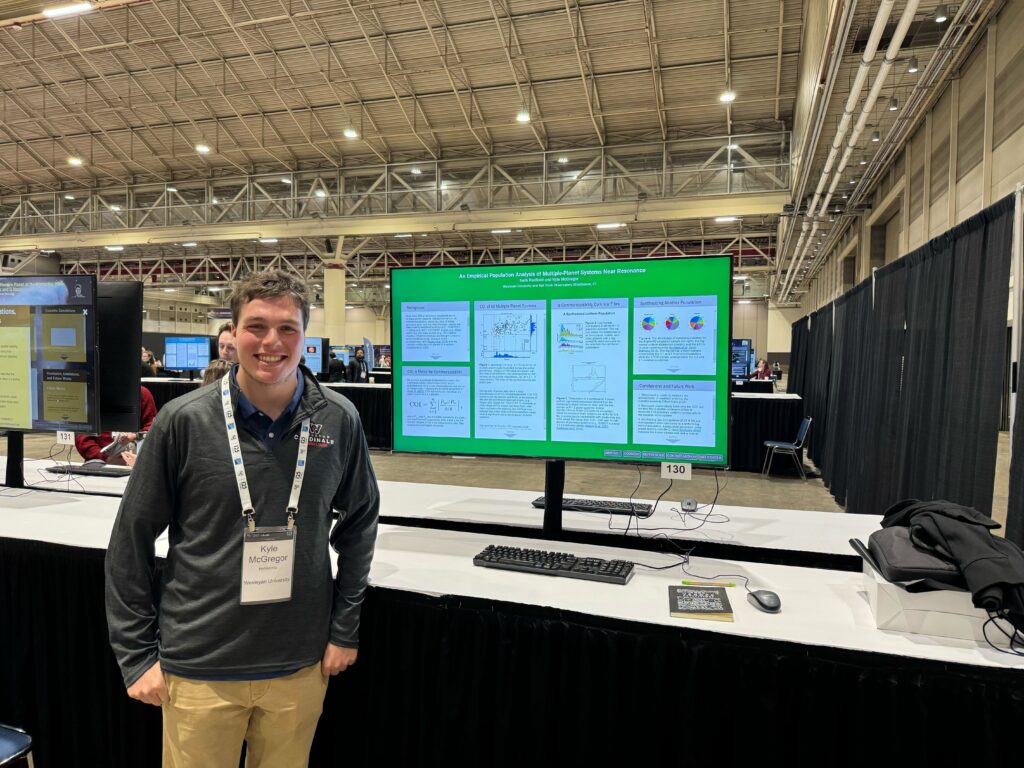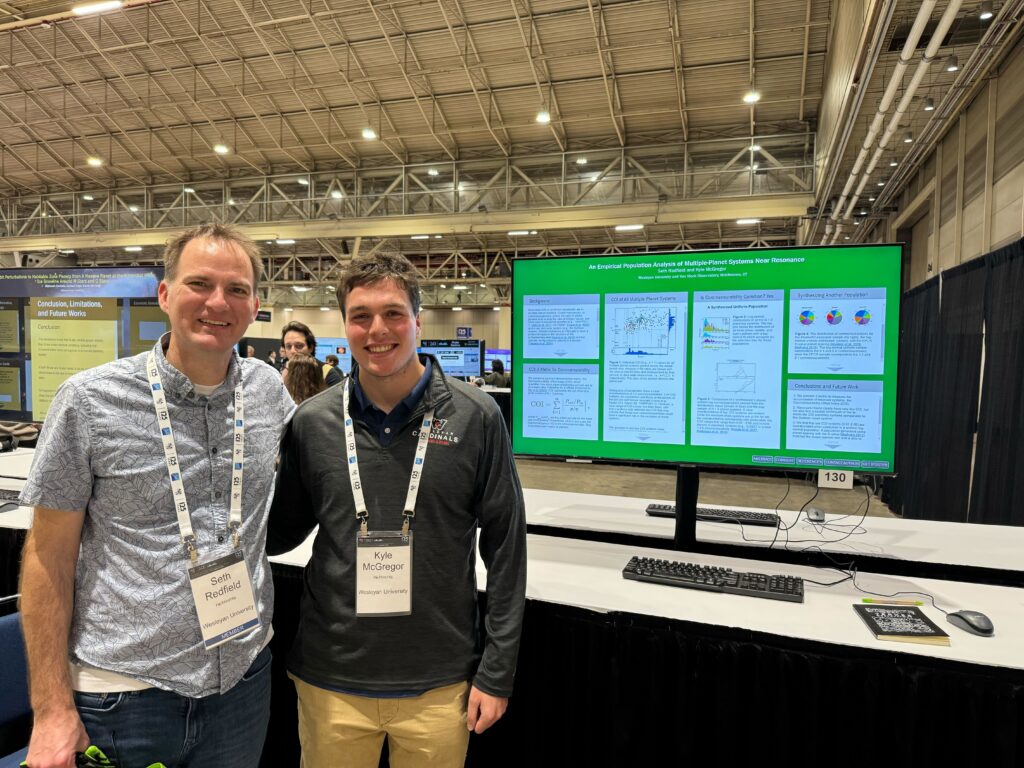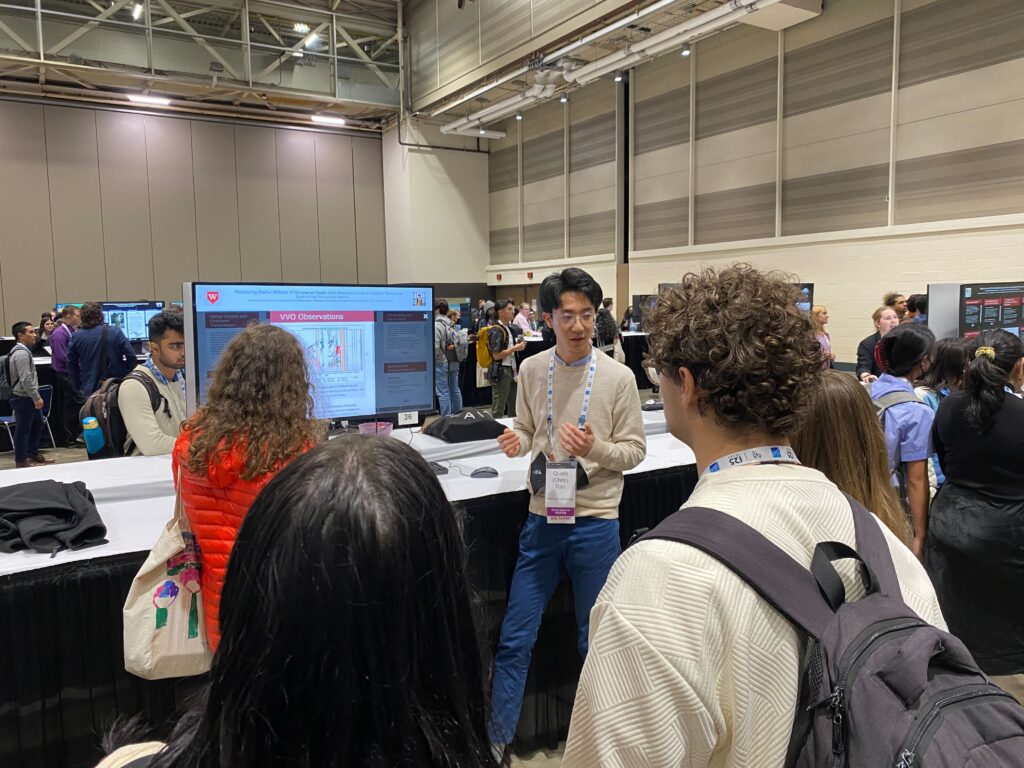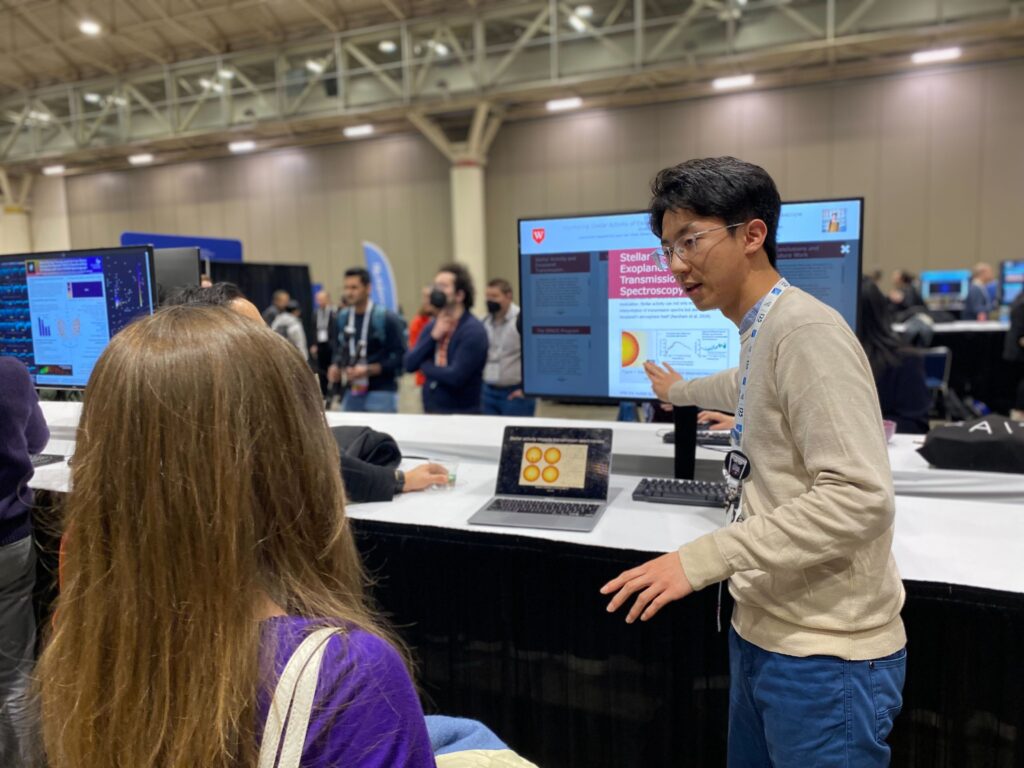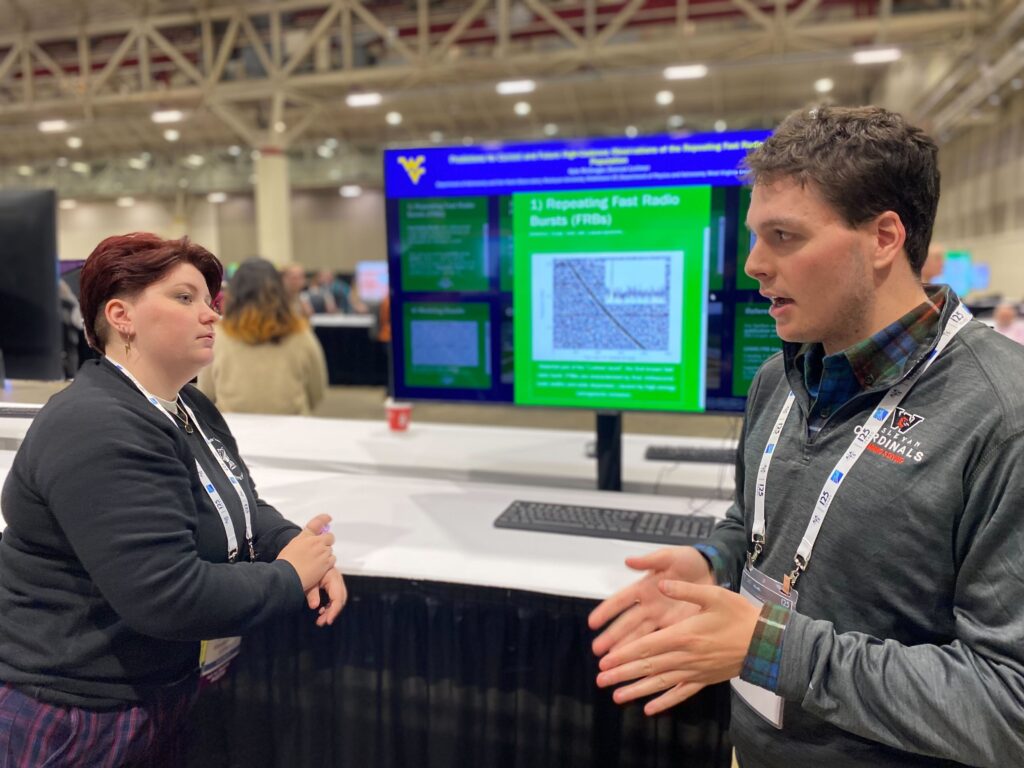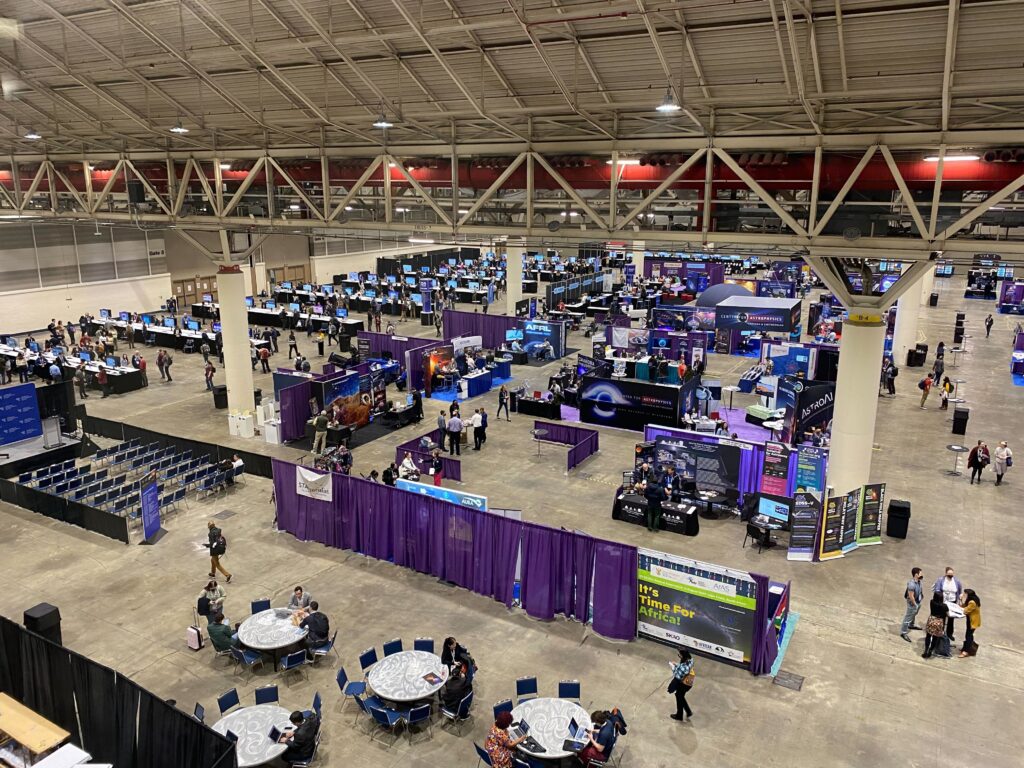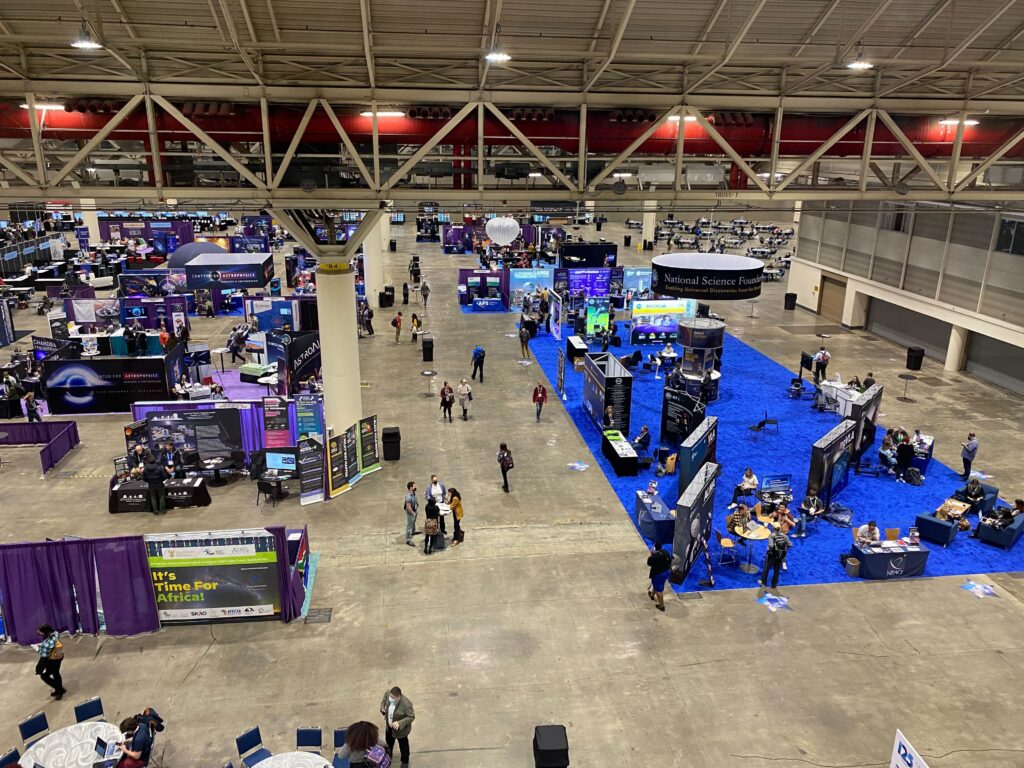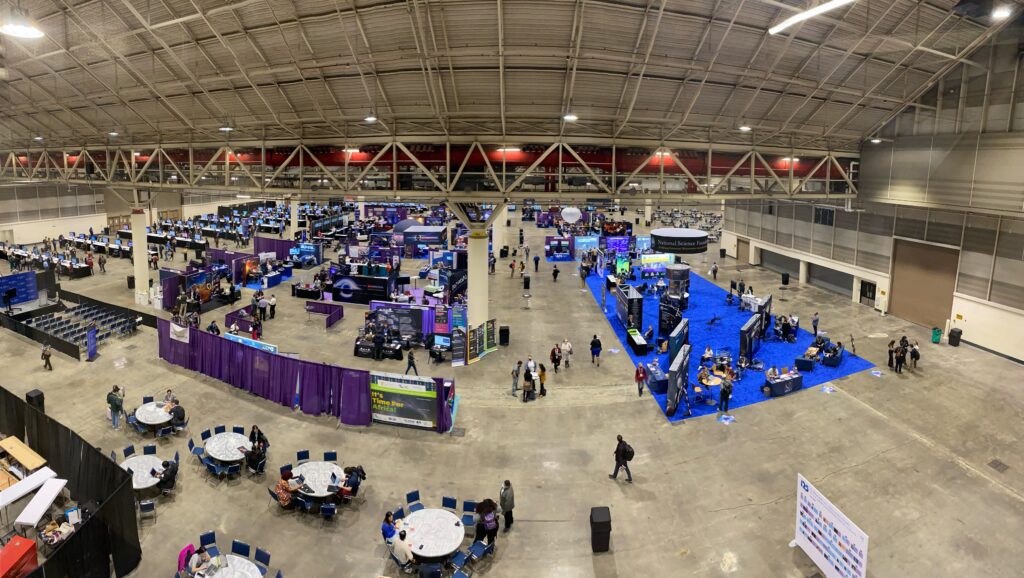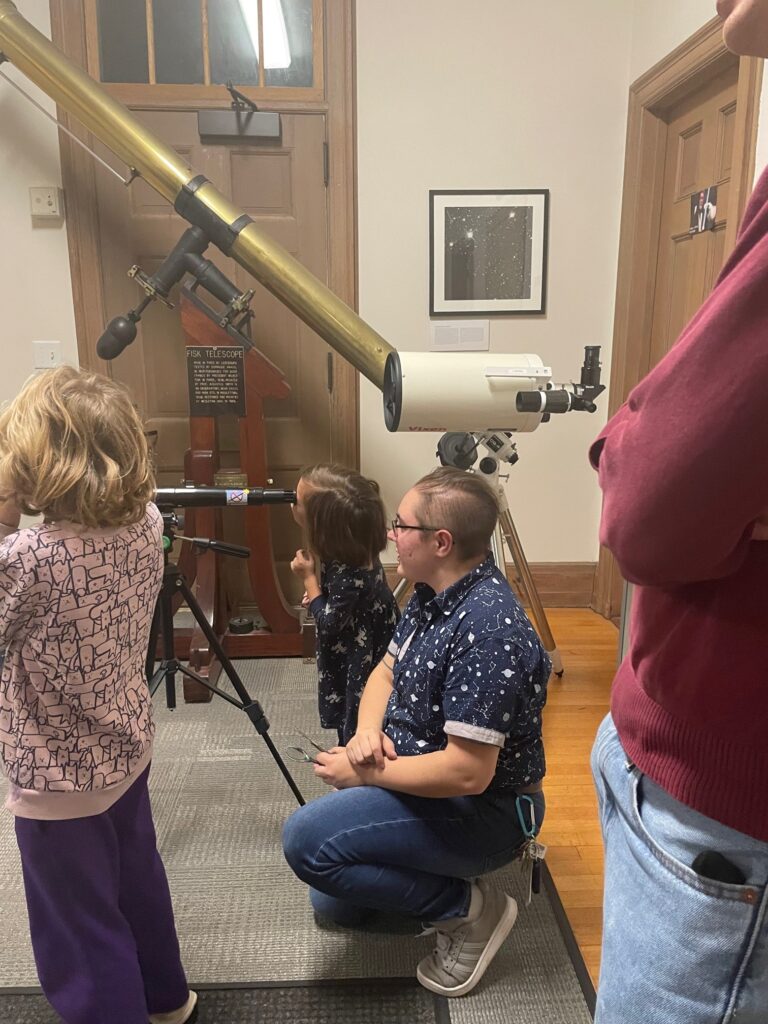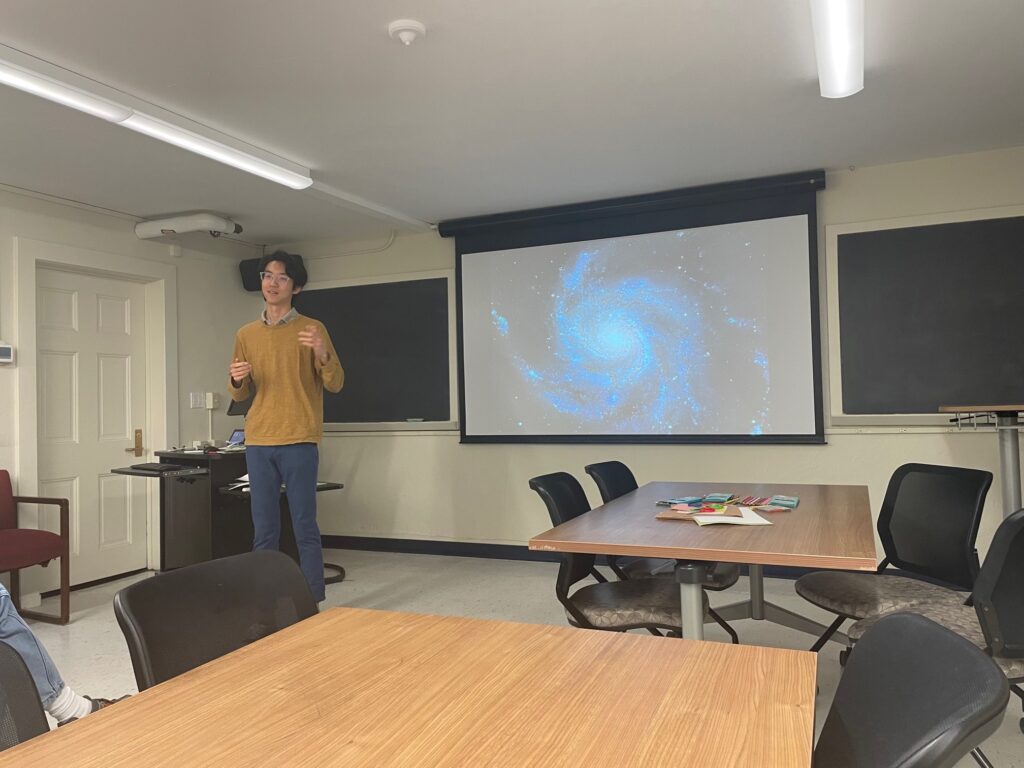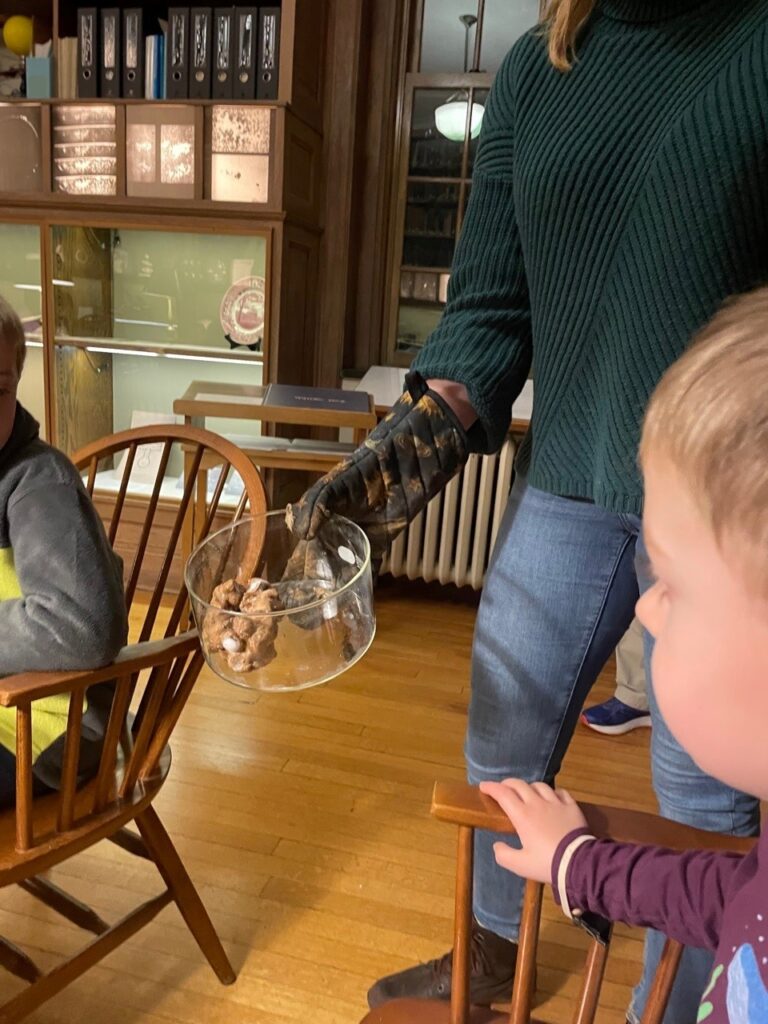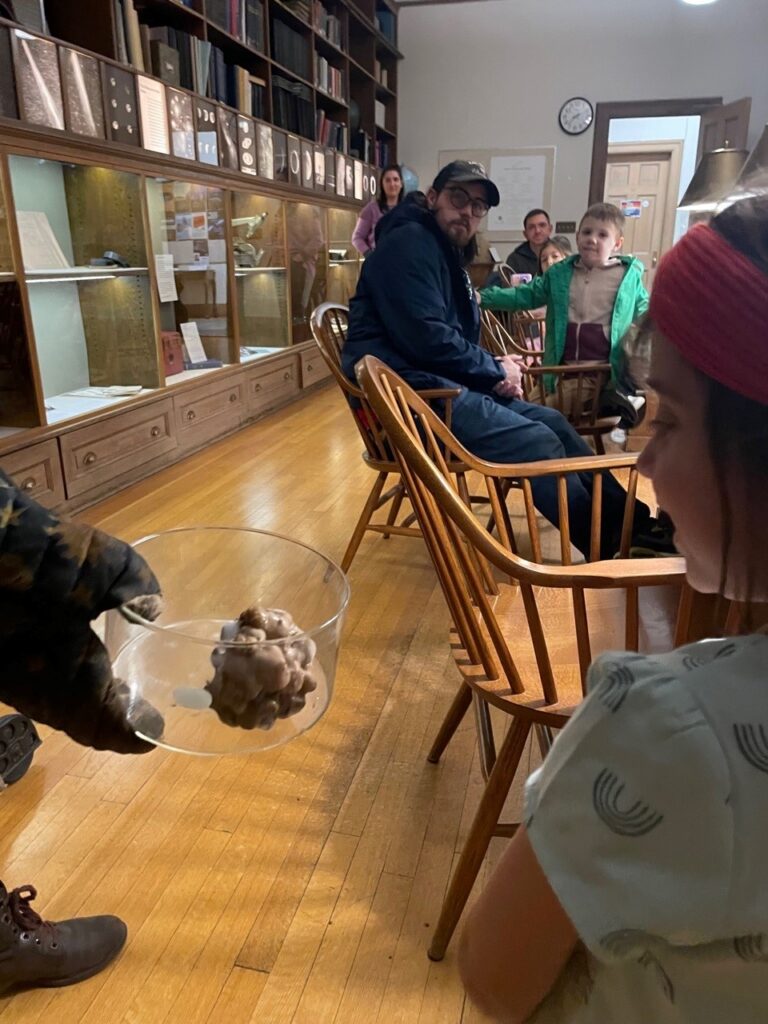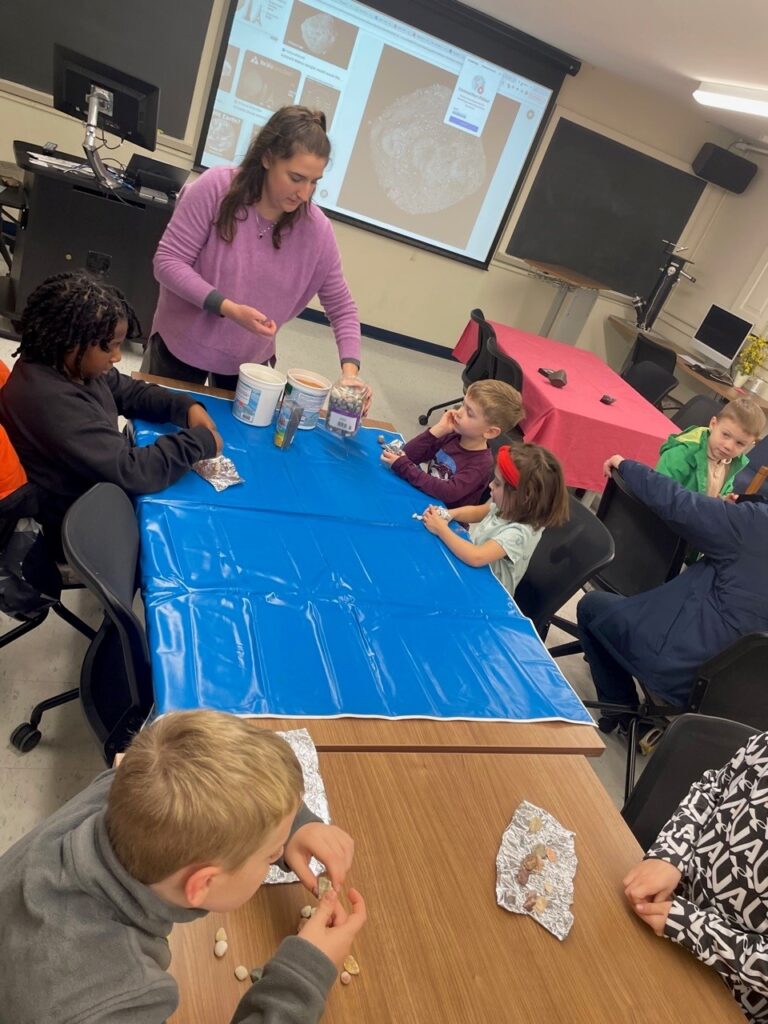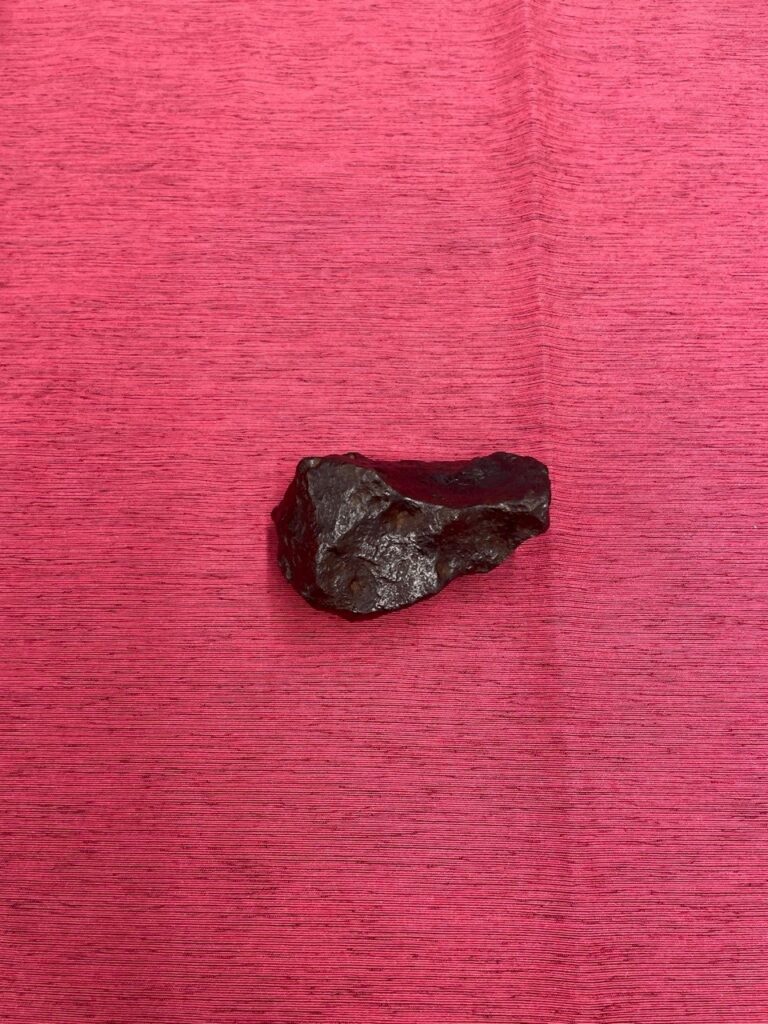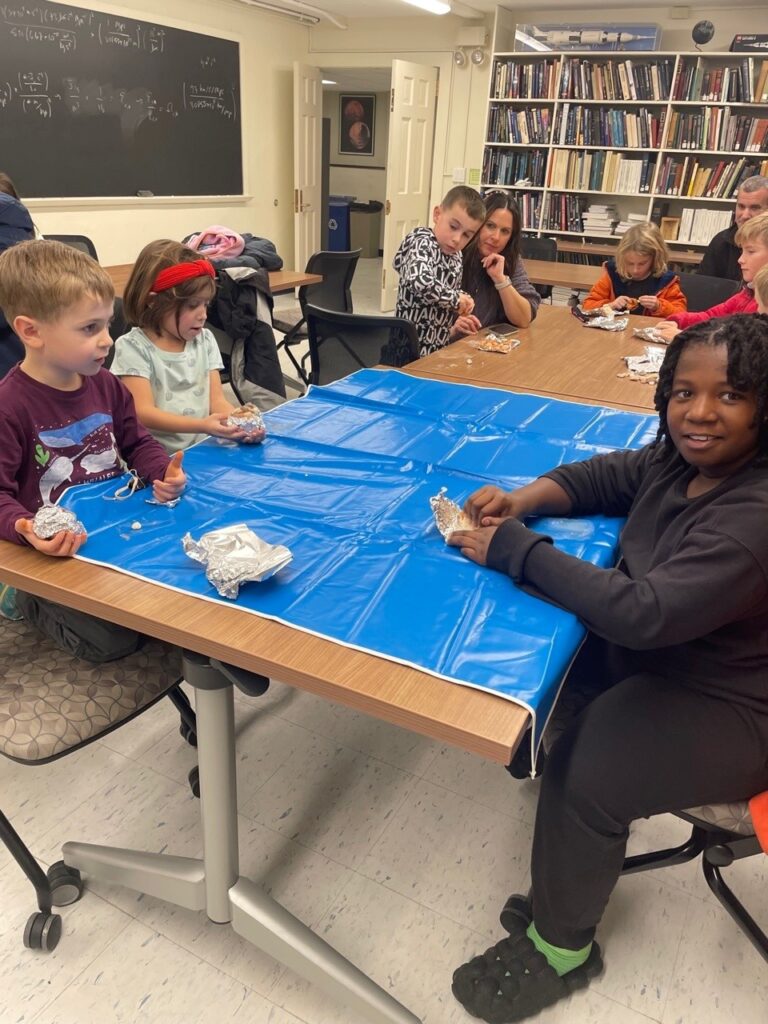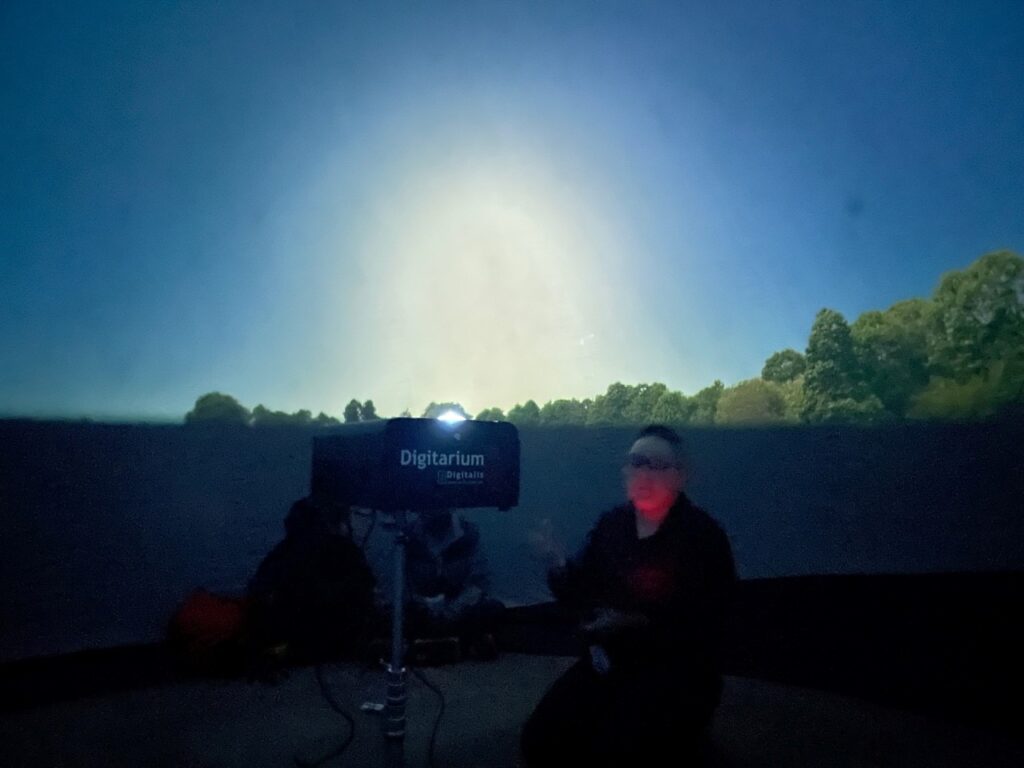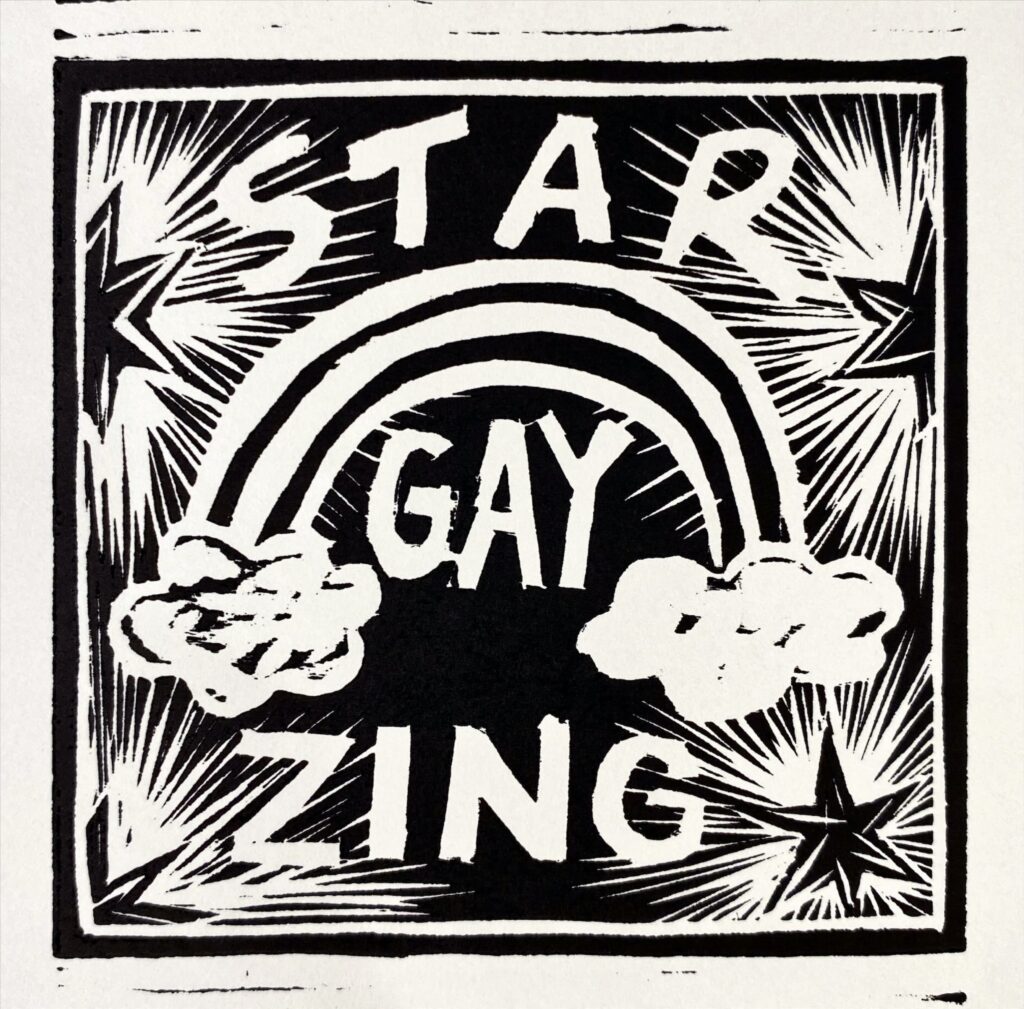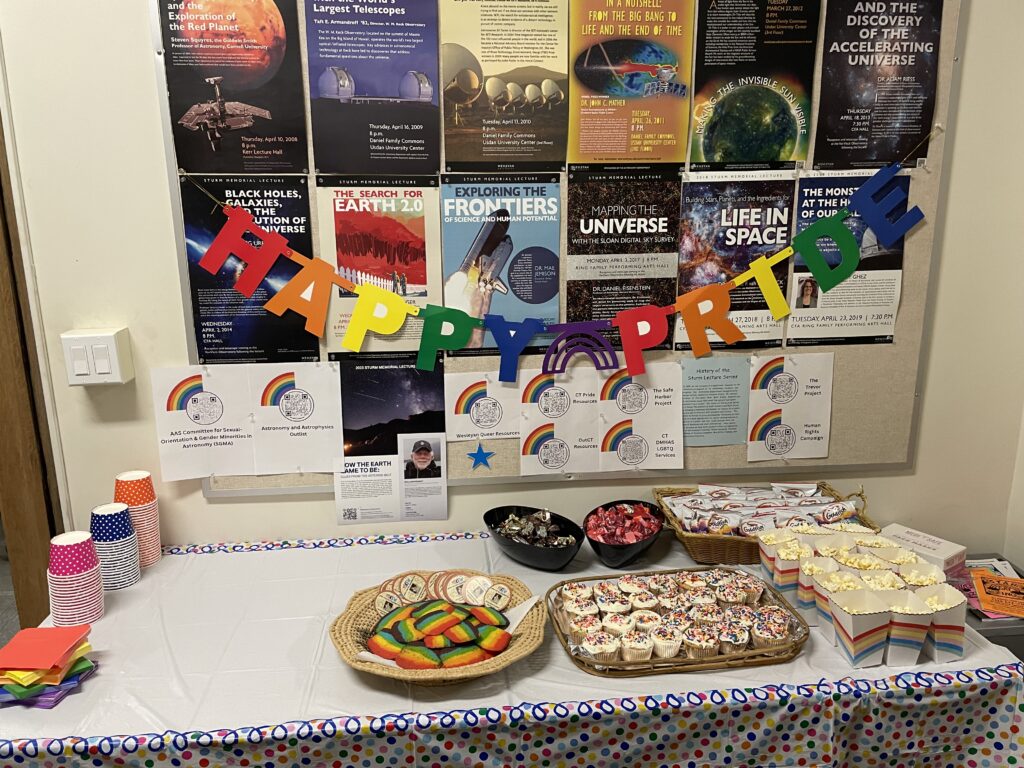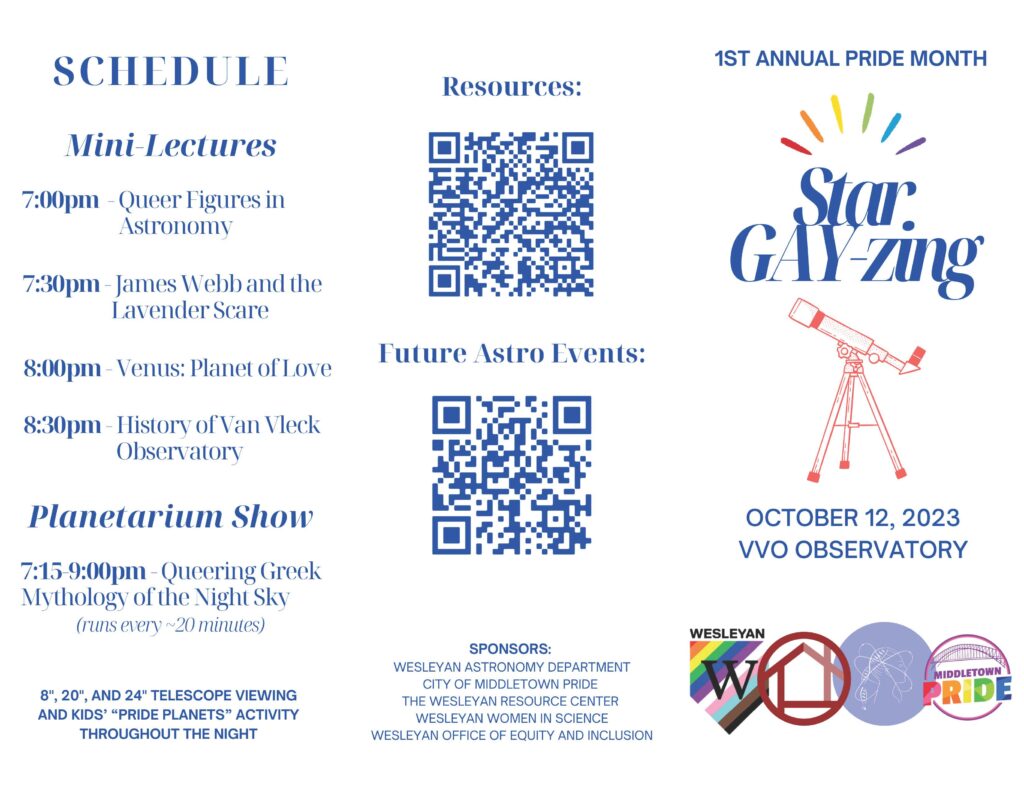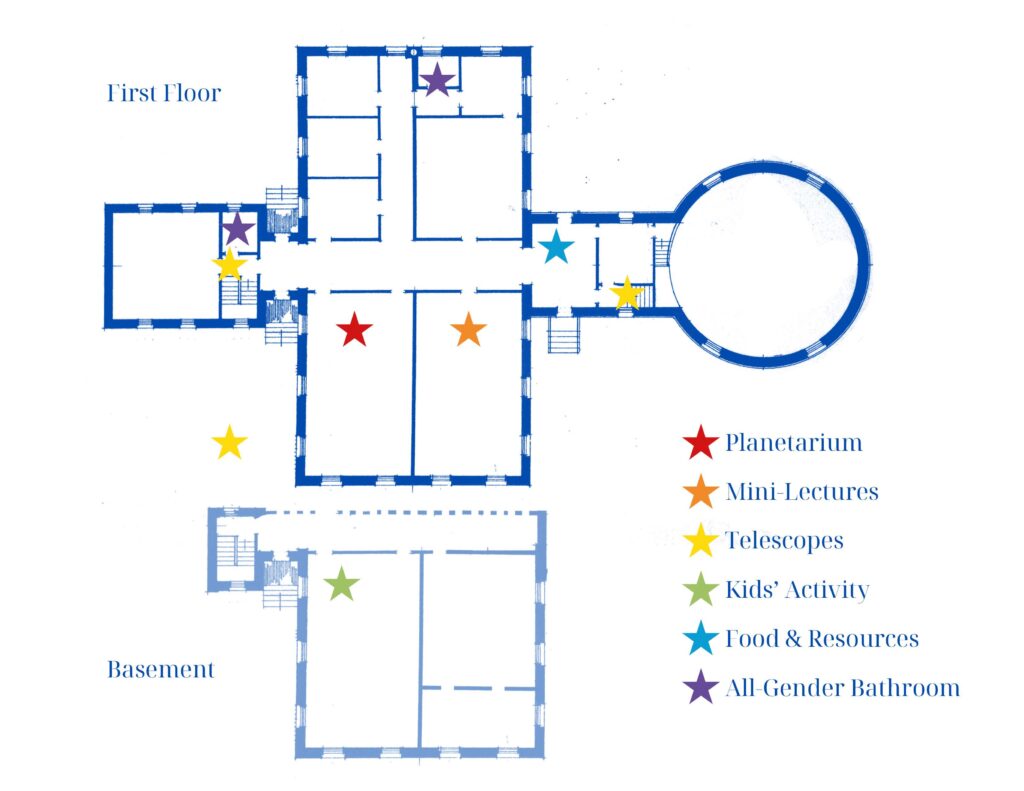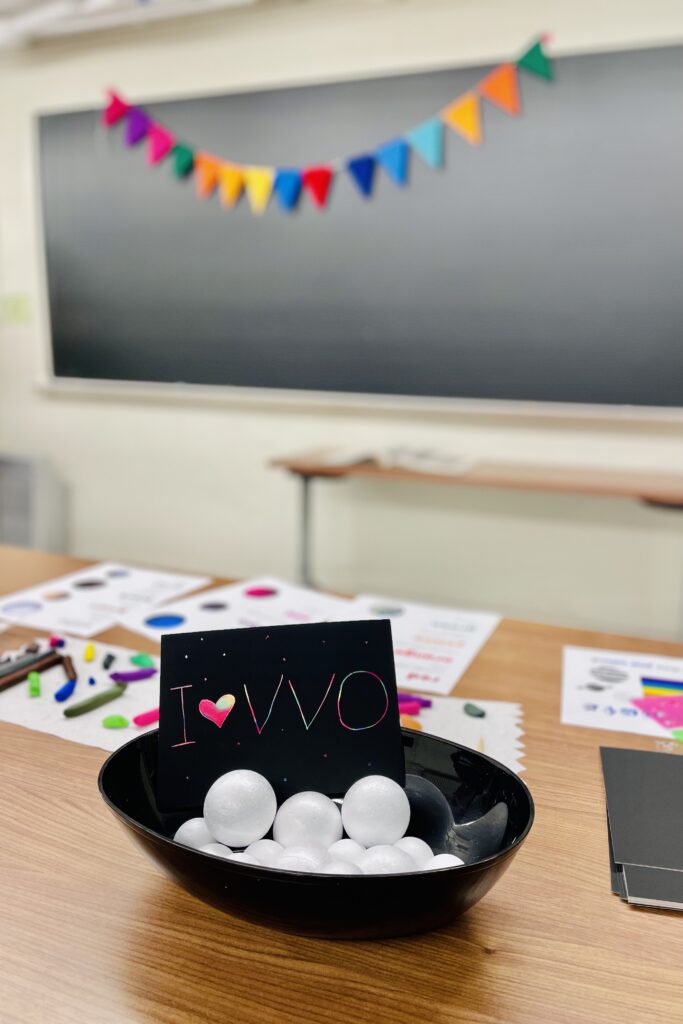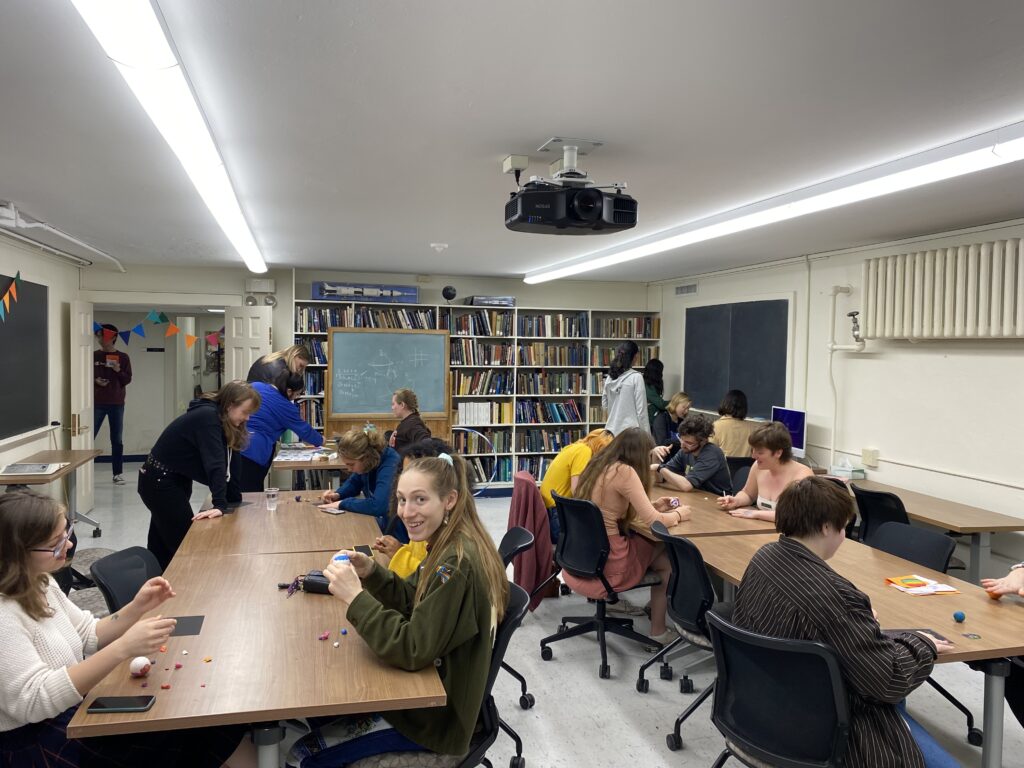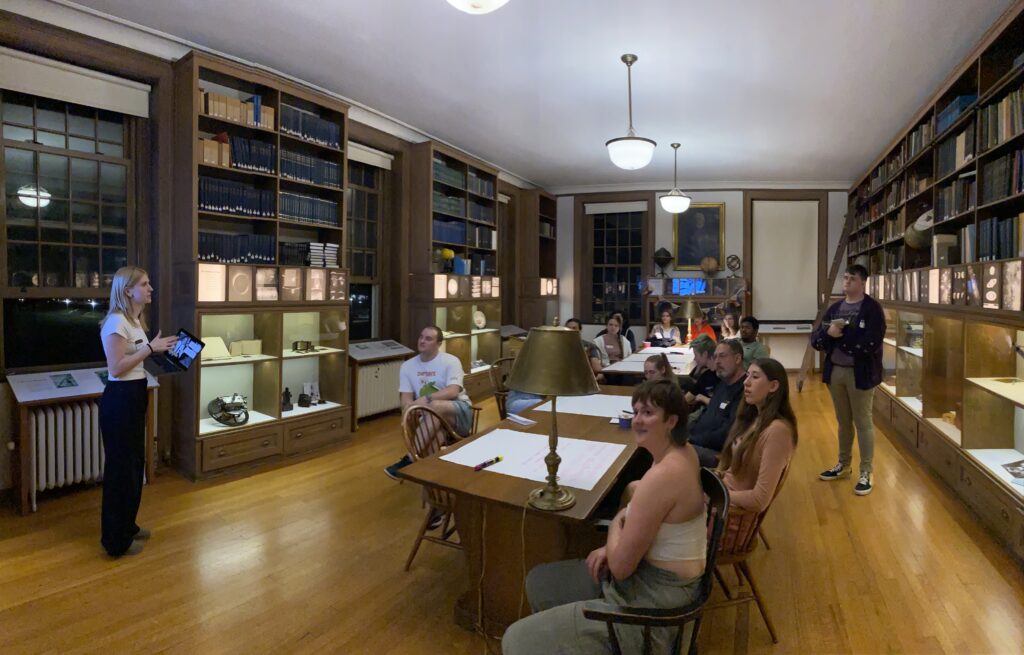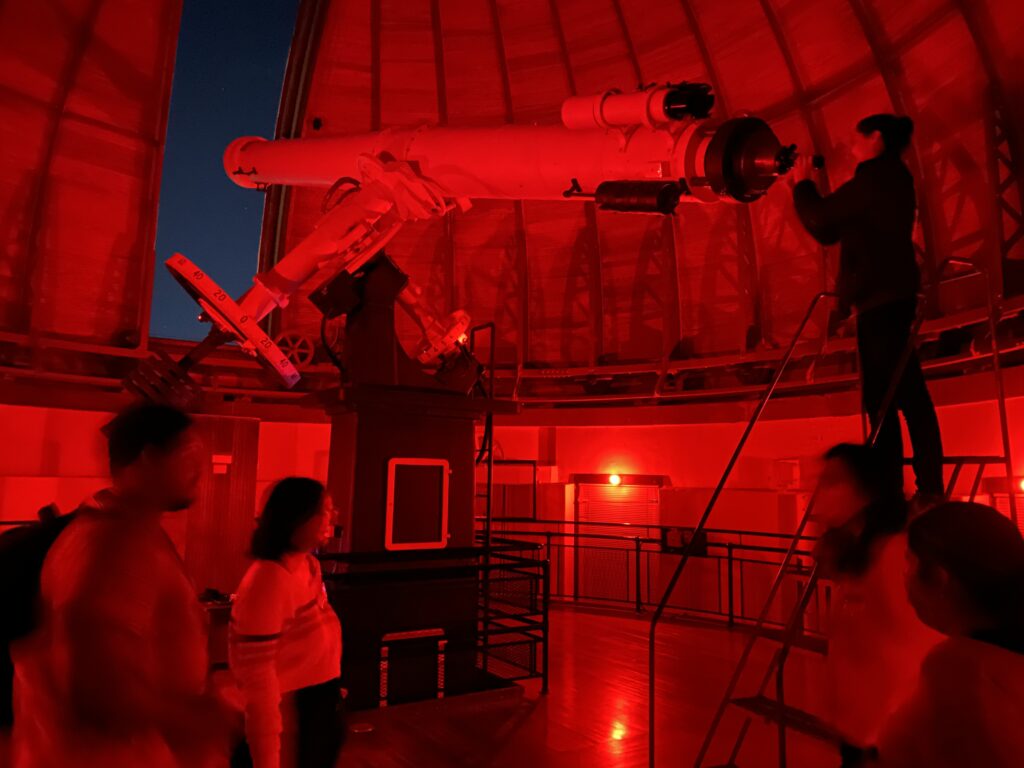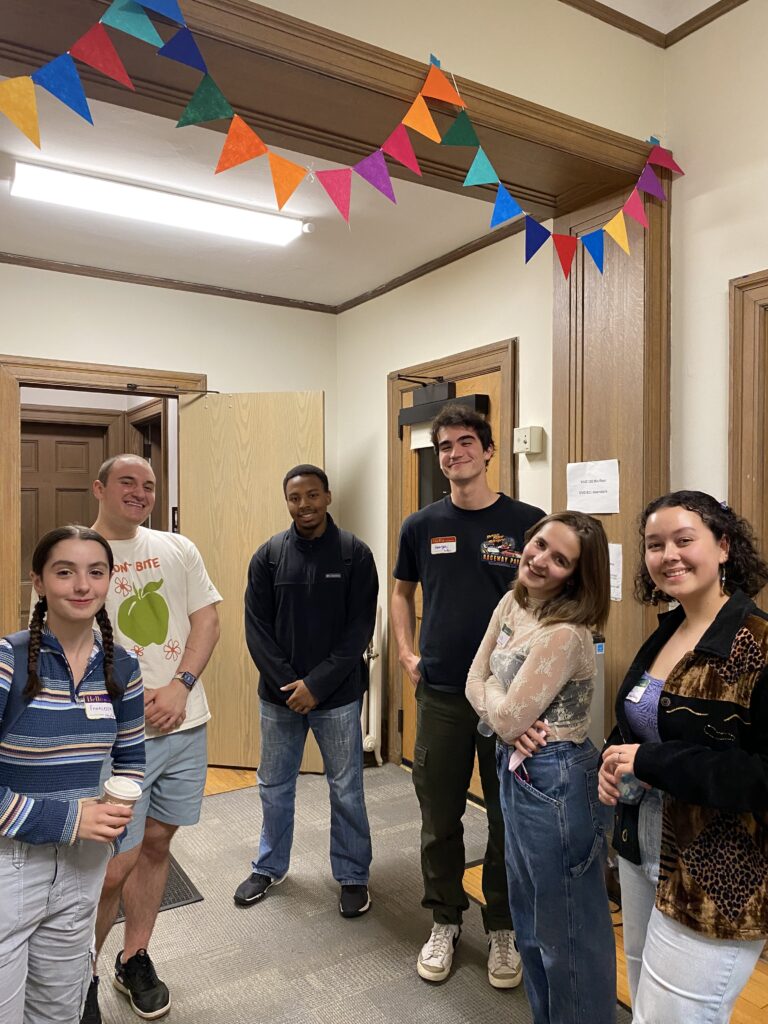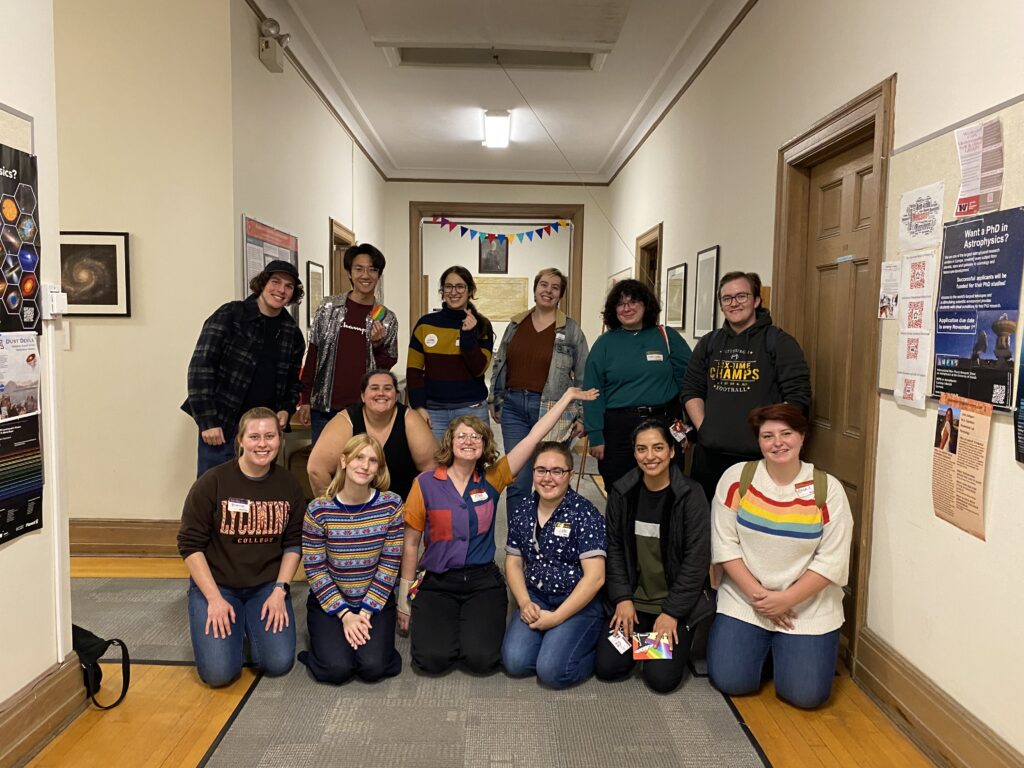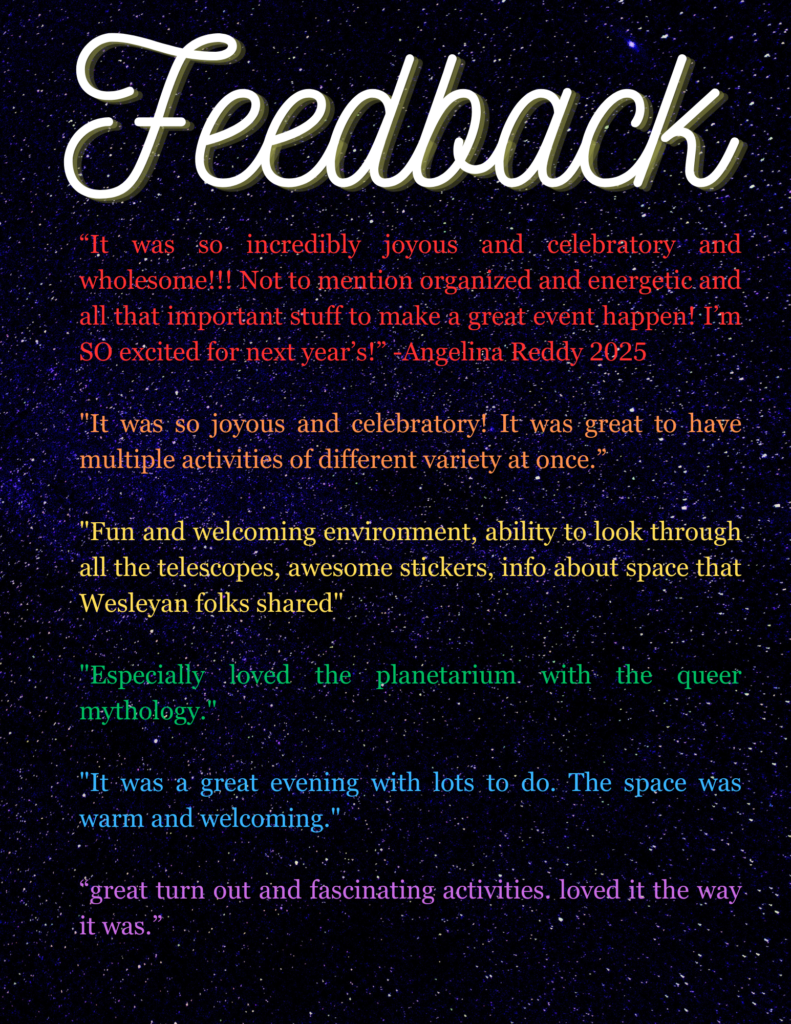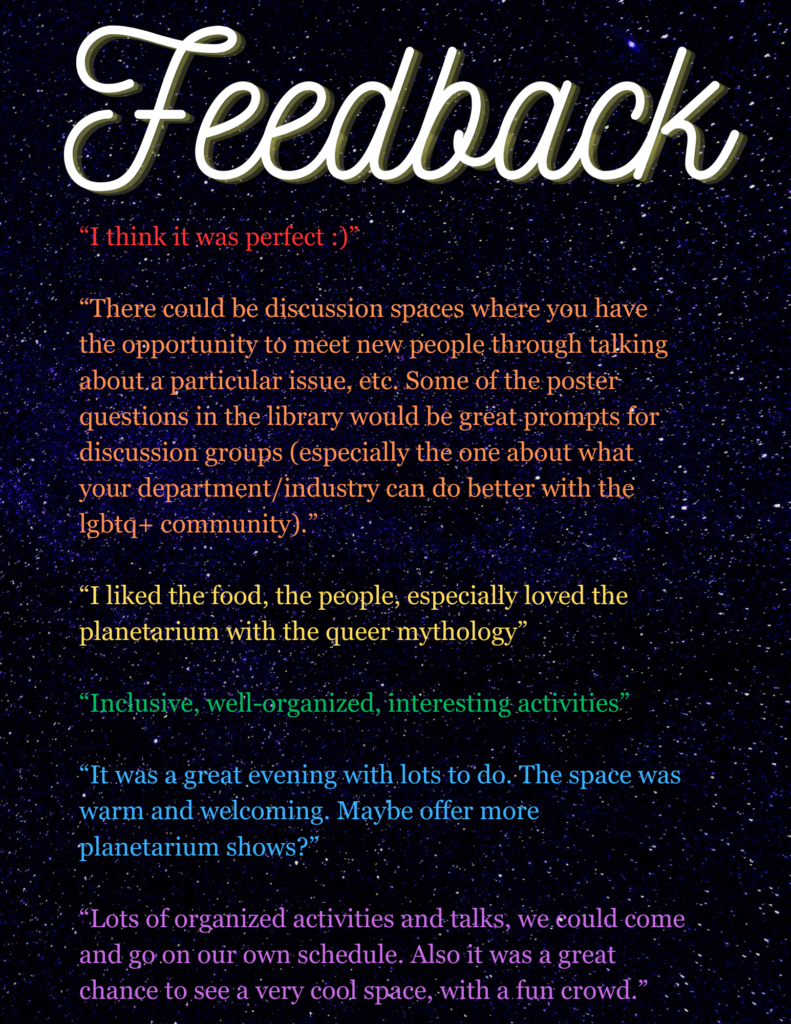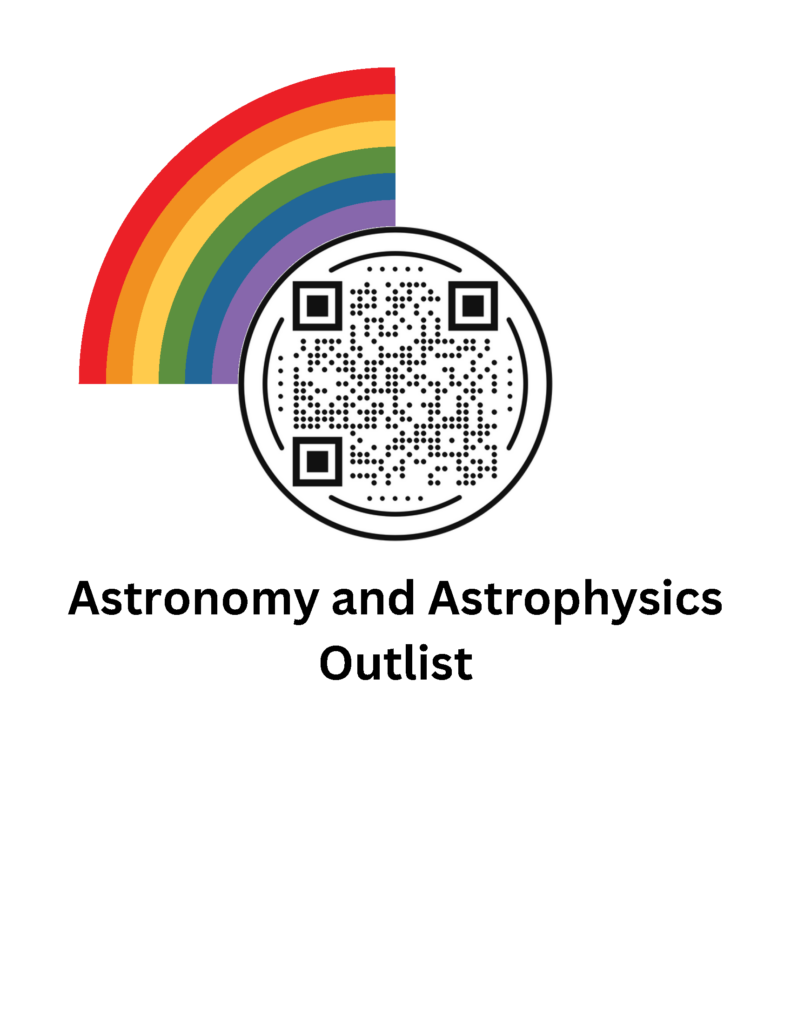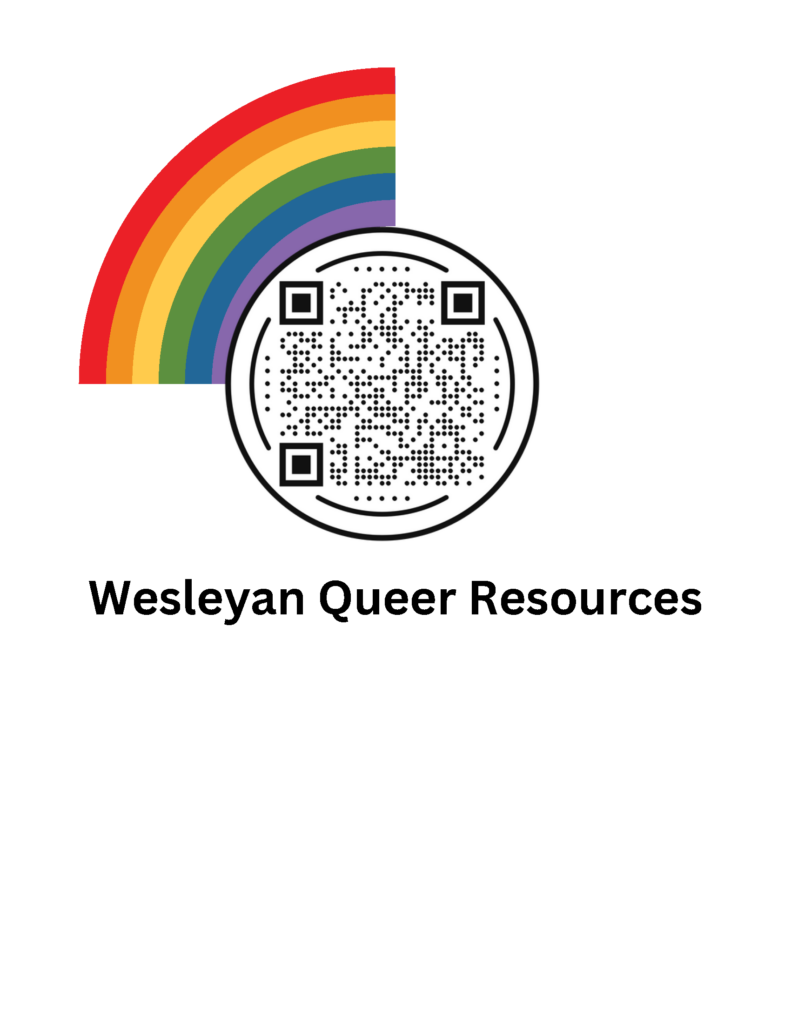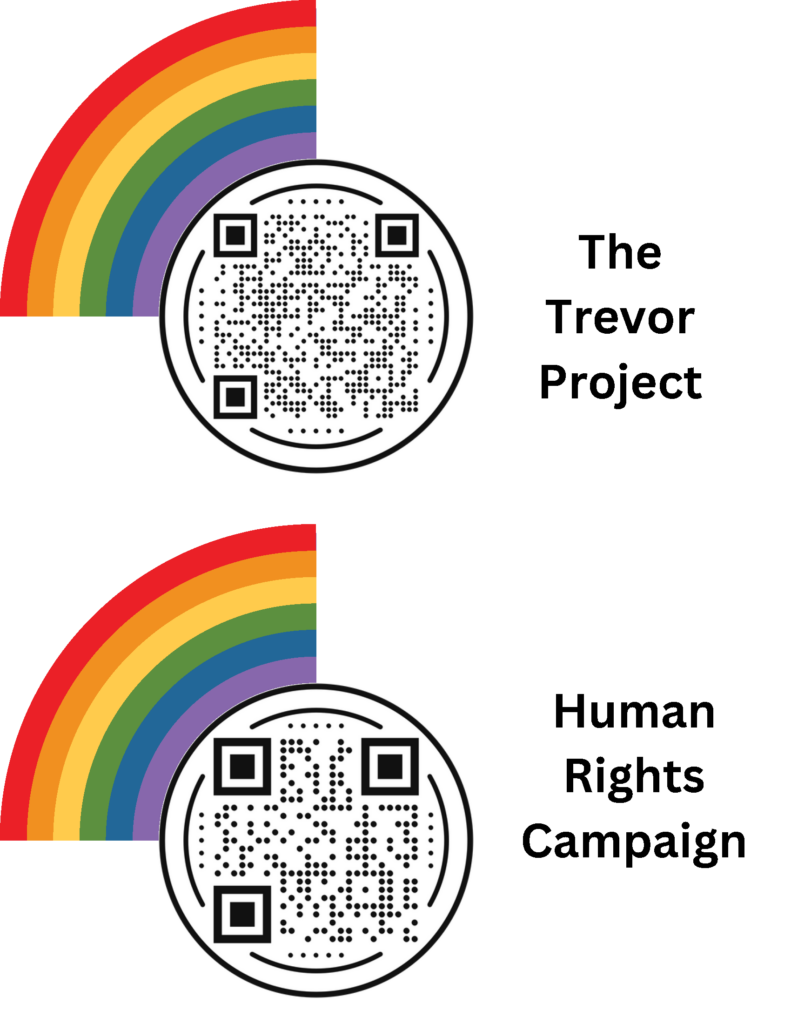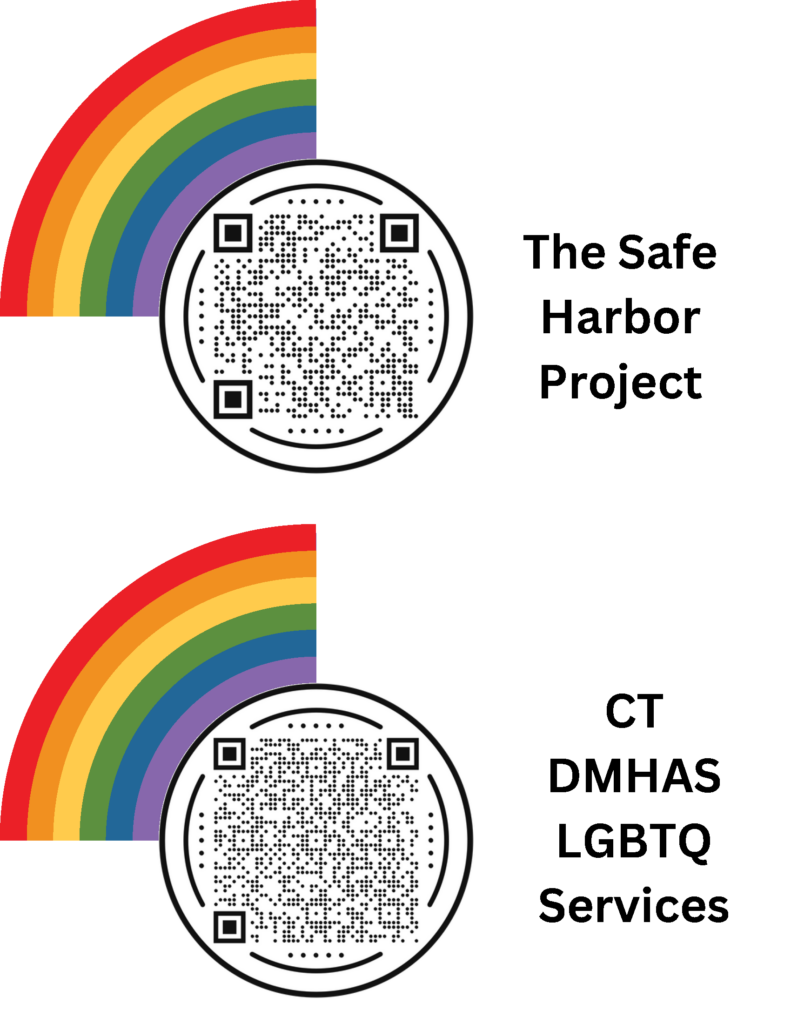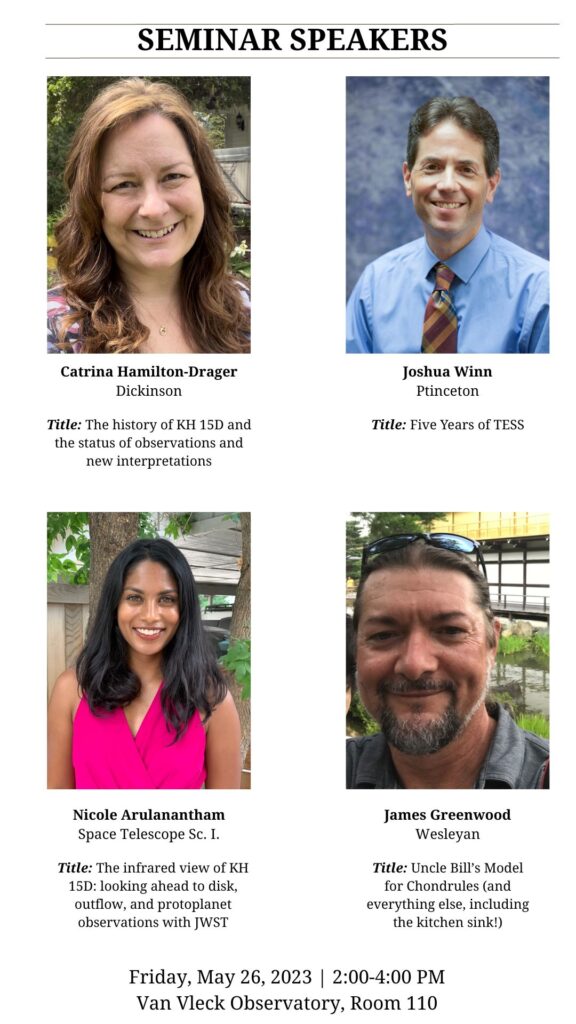Congratulations, Graduates!
Wesleyan’s 193rd Commencement took place on Sunday, May 25, 205 and we congratulated another outstanding group of Astro students. We know they are going on to amazing futures and wish them all the best post-Wes.
2025 Thesis Writers:
Louis Cedarbaum “Training a Convolutional Neural Network to Recognize Star Formation Activity From Simulated Galaxy Images”
Sofia Rinaldi “Playing with FIRE: An Investigation of the Kinematic and Morphological Evolution of Early Massive Galaxies Using Simulations”
Owen Gonzales “Chaotic Origins: Characterizing Bursty Star Formation in High-Redshift Galaxies with Cosmological Simulations”
Elias Mansell “Resolving Radial Substructures in Debris Disks with ARKS”
Katie Ciurleo “Identifying “True” Type 2 Seyfert AGN Candidates With Chandra and SDSS”
Cat Sarosi “The Secret Life of Disks: Investigating the Origins of Gas in the 49 Ceti Debris Disk”
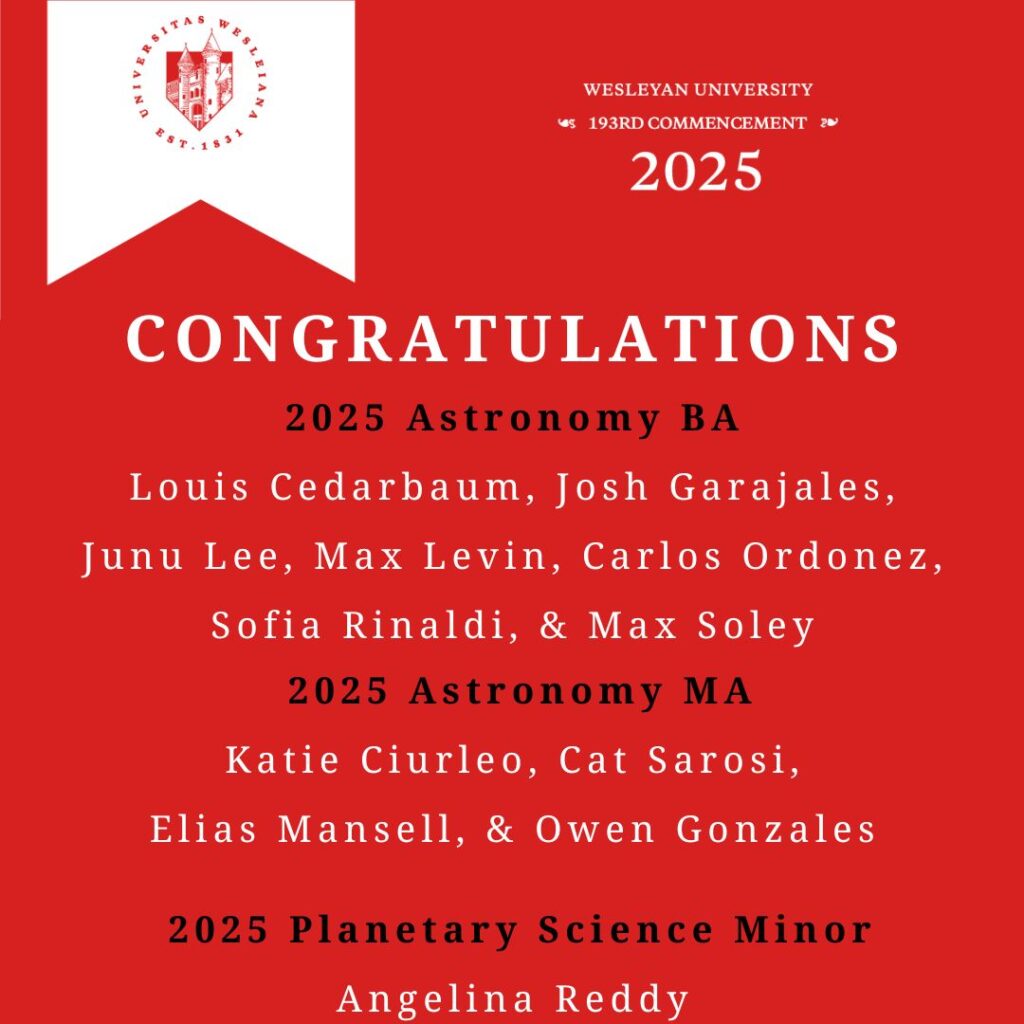
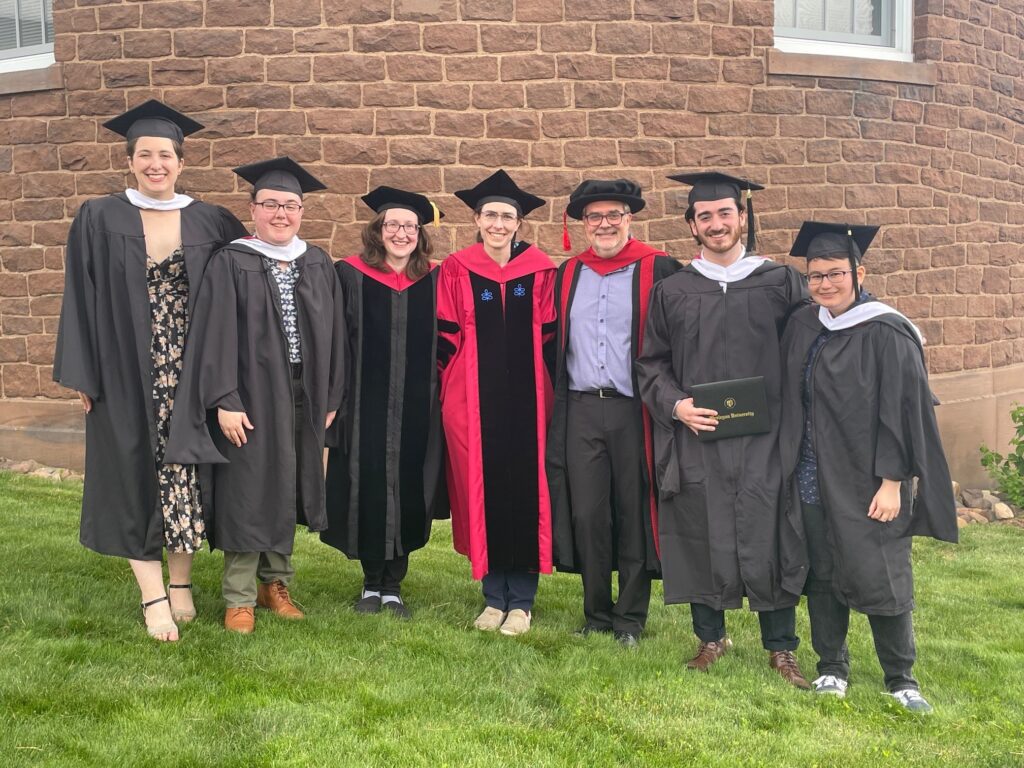
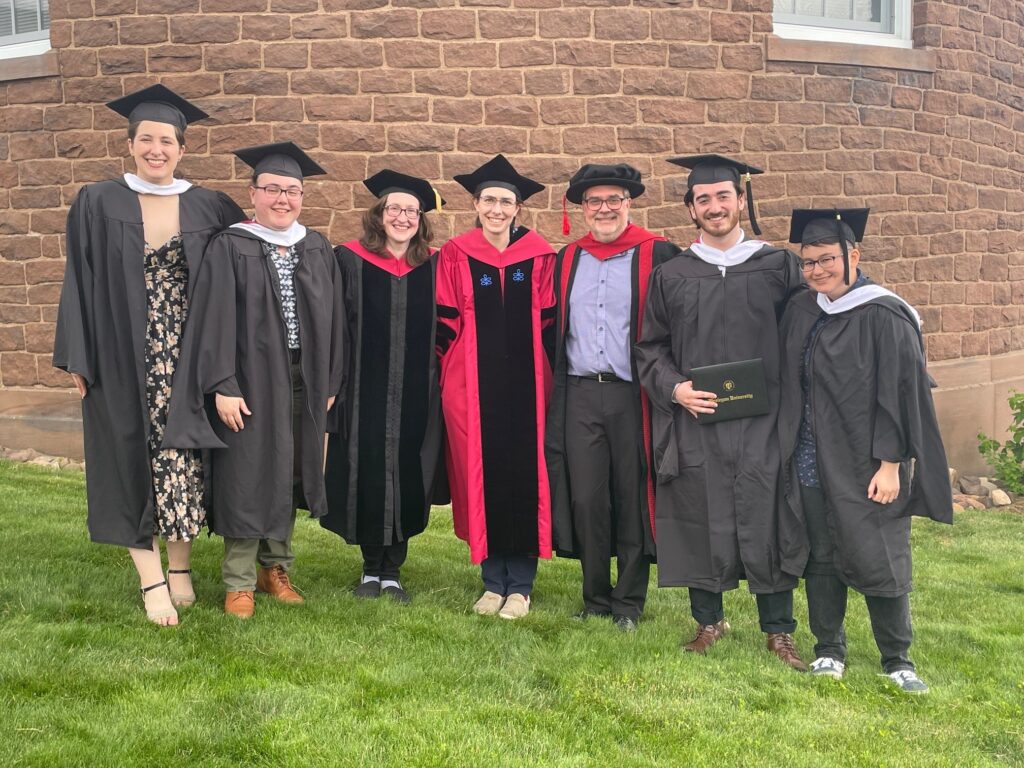
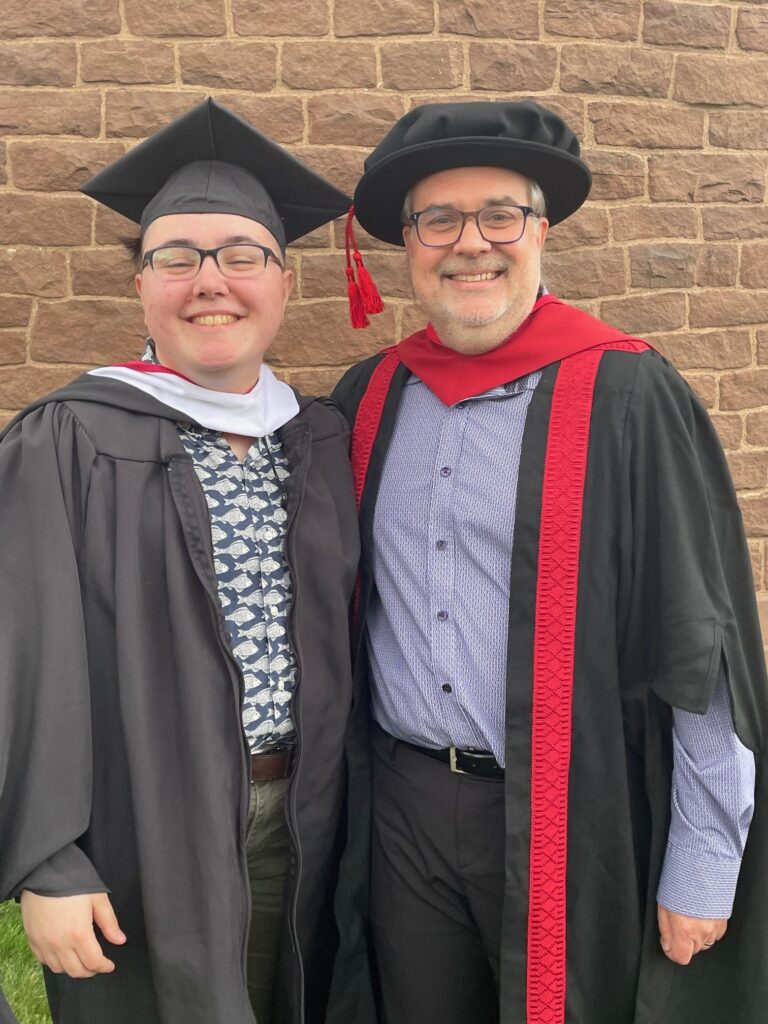
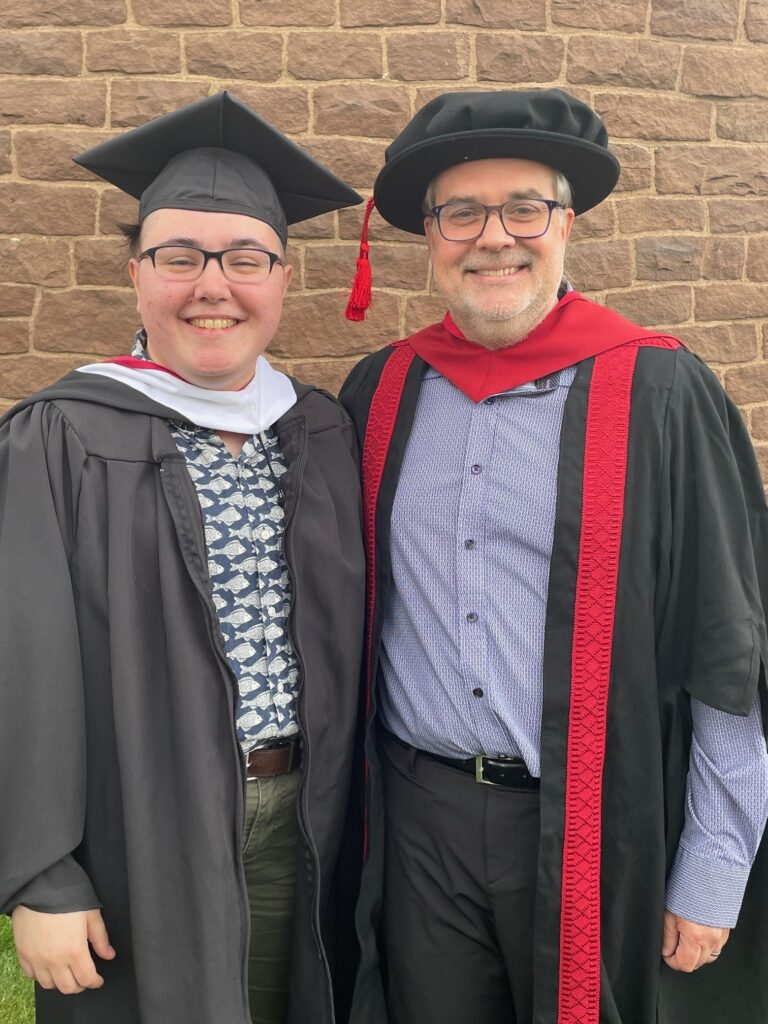
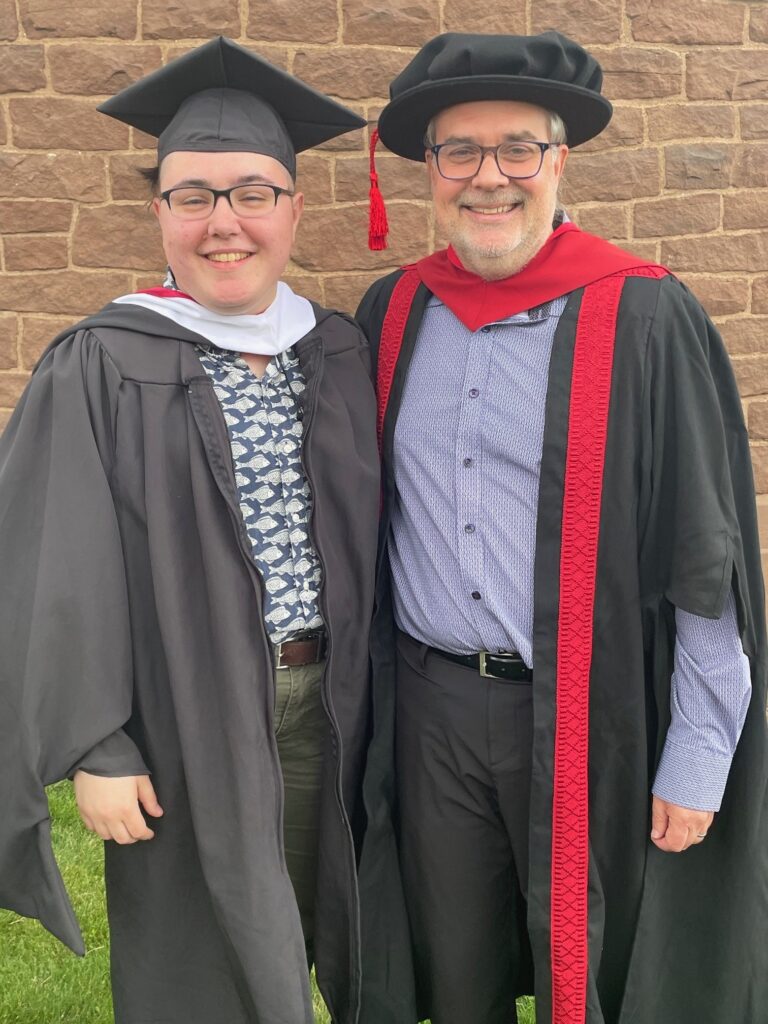

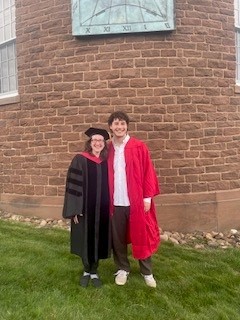
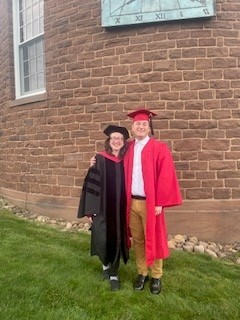
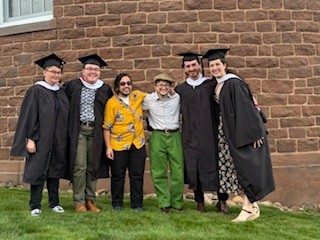
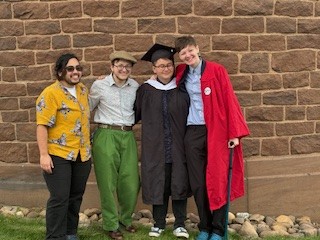

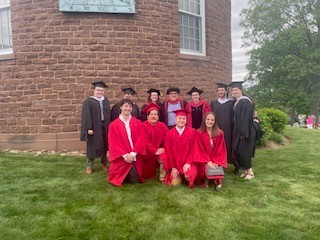
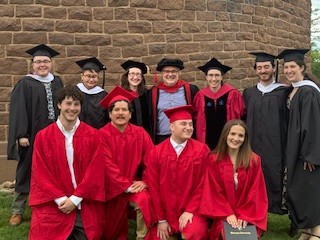
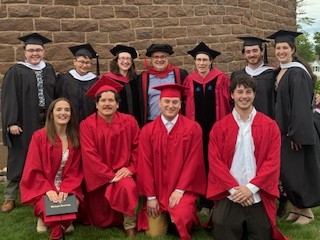
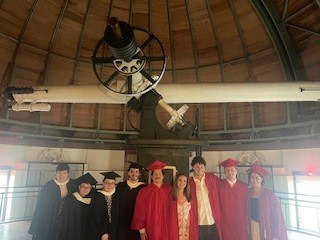
Student Achievements
During an uncertain time in scientific funding, we are thrilled to announce that some of our Astro Folks have received CT Space Grants to further their research.
Elias Mansell (BA ’24, MA ’25) won the CT Space Grant Graduate fellowship.
Parametrically Modeling the Radial Structure of Debris Disks With ARKS
The structure of debris disks can provide insights into the dynamics, formation, and evolution of planetary systems, yet previous observations of these objects at millimeter wavelengths have been limited by the large time investment necessary to resolve their faint emission. The ALMA survey to Resolve exoKuiper Substructures (ARKS) has observed 18 debris disks at 850 μm at high resolution and fit parametric models to the data using MCMC methods. Results from these models indicate that the radial substructures of debris disks differ from those found in protoplanetary disks. This research supports the NASA Planetary Science and Exoplanet Exploration strategic objectives.
Caroline Kilian (CCSU student and Research Assistant with Prof. Hughes) won an undergraduate research grant through CT Space Grant for her work with Prof. Hughes’ research group.
Measuring Dynamical Masses of Gas-Bearing Debris Disk Host Stars
Astronomers have long relied on indirect methods of measurement for determining stellar mass, primarily by comparing stellar evolution models to photometry and spectroscopy of the stellar atmosphere. Opportunities for performing direct mass measurements are rare. One way this analysis is possible is measuring the velocity of gas surrounding a star and applying Kepler’s Third Law. This project will use data from Gaia and ALMA to determine the dynamical mass of a twelve-star sample in order to test the accuracy of stellar evolution models for a population of older and more isolated stars than previous studies have investigated.
Additionally, the following students won CT Space Grant Student Travel Grants during the 2024-2025 academic year:
Katie Ciurleo (MA ’25) for travel to present at AAS – Identifying “True” Type 2 Seyfert Candidates in the Chandra Source Catalog CSC2.1p.
Cat Sarosi (MA ’25) for travel to AAS Winter Meeting.
Owen Gonzales (BA ’24, MA ’25) for travel to AAS Winter Meeting.
Elias Mansell (BA ’24, MA ’25) for travel to AAS Winter Meeting to Present Research for ARKS.
Sofia Rinaldi (BA ’25) Was awarded an imaging prize last summer.
Faculty News
We have some exciting faculty news to highlight:
Prof. Roy Kilgard has held many different position titles since he arrived at Wesleyan in 2007, but we are delighted to announce that this year he was promoted to full Professor of the Practice, and is among the first cohort to attain automatically renewable “evergreen” contracts. Congratulations, Roy!
Prof. Seth Redfield’s appointment as an endowed chair, receiving the Fisk Professorship of Natural Science which was established in 1839.
Prof. Meredith Hughes’ AAS Plenary Lecture: The Missing Link: Planet Formation from Millions to Billions of Years, took place at the AAS Meeting in Alaska on Tuesday, June 10, 2025.
Prof. Sarah Wellons was awarded a NASA award for her work in computing.
Prof. Ed Moran will be stepping down as Director of Graduate Studies, Ed has been in this position since 2020. Thank you, Ed for your years of service and continued support of the Wesleyan University Graduate Students.



